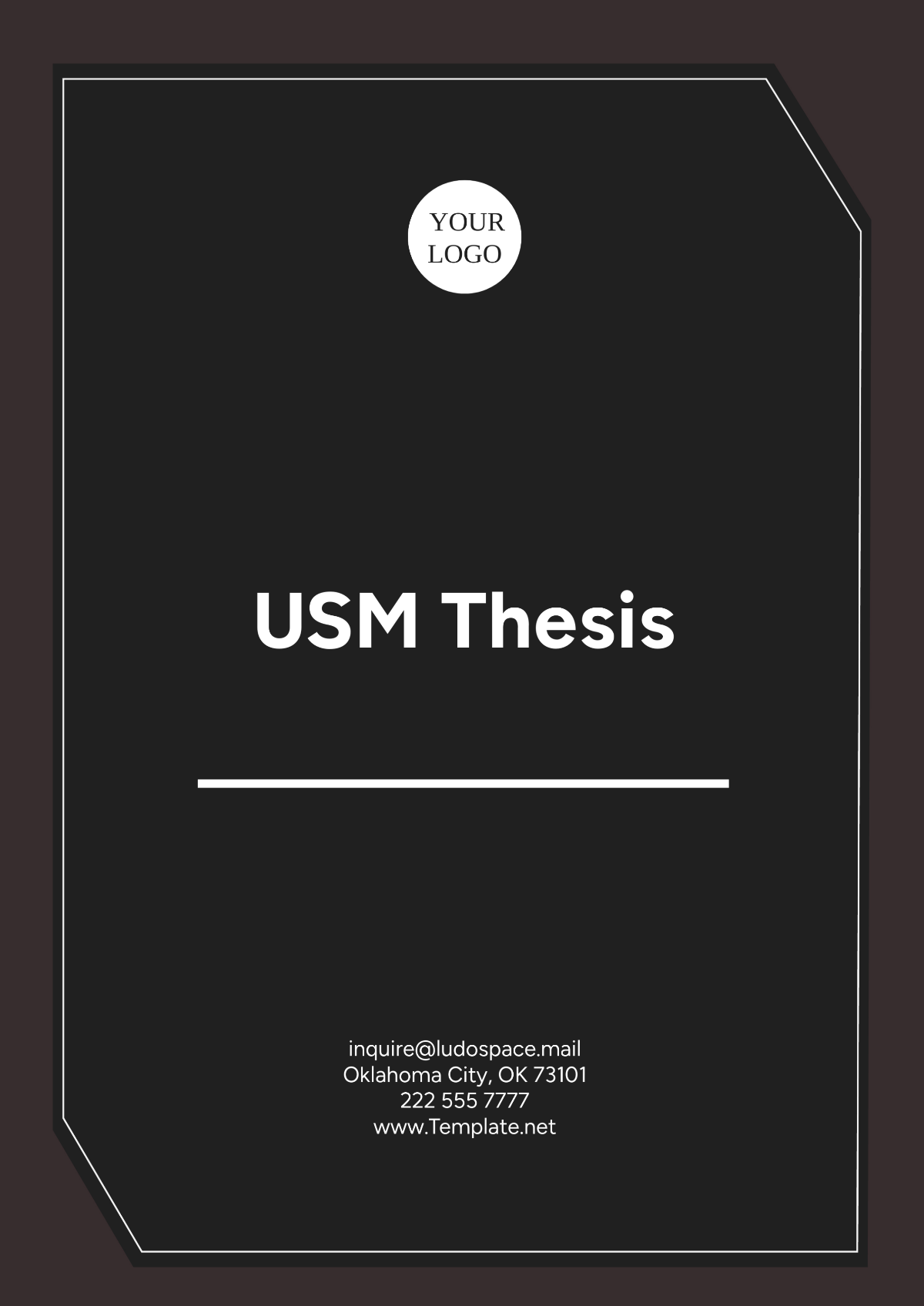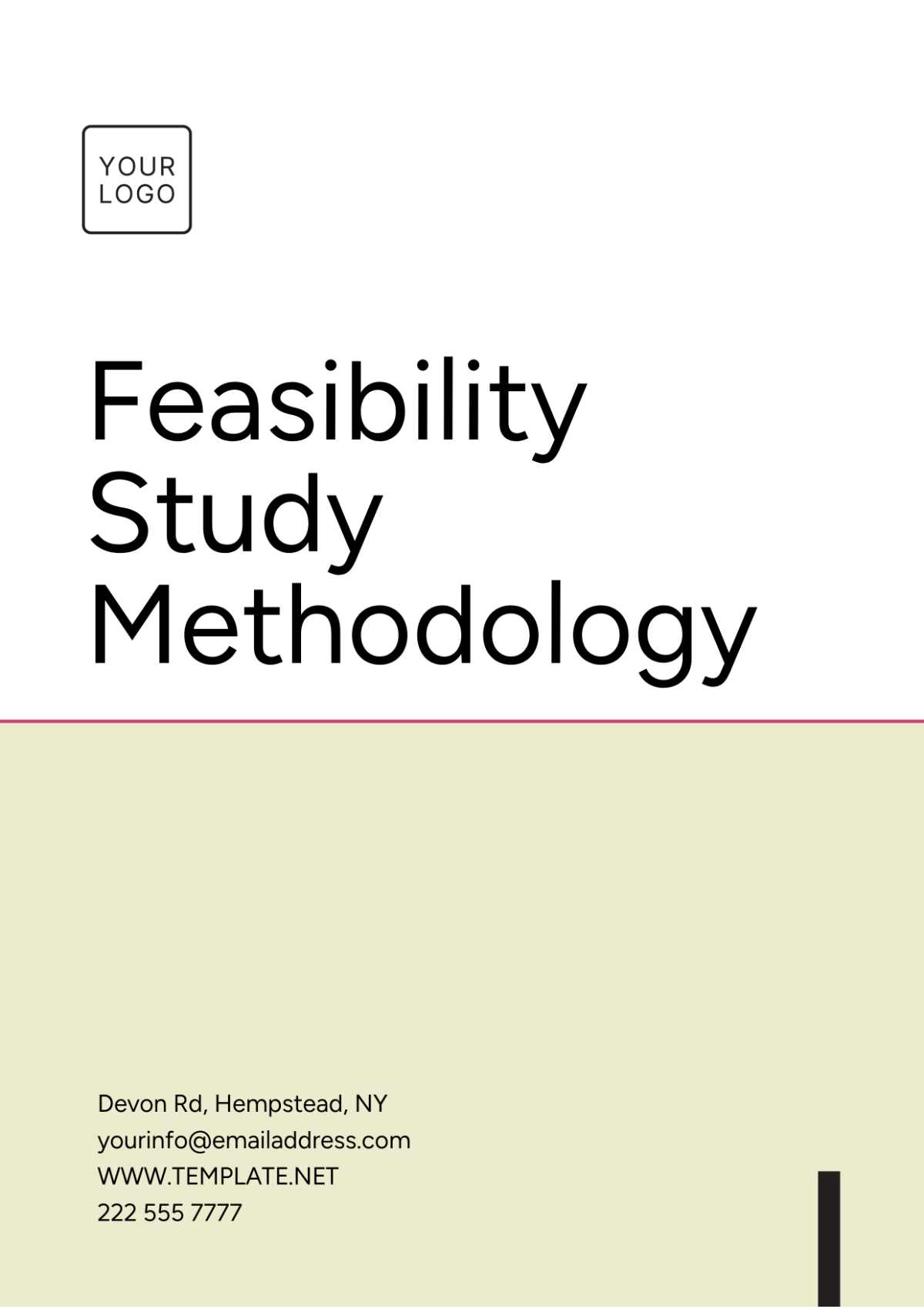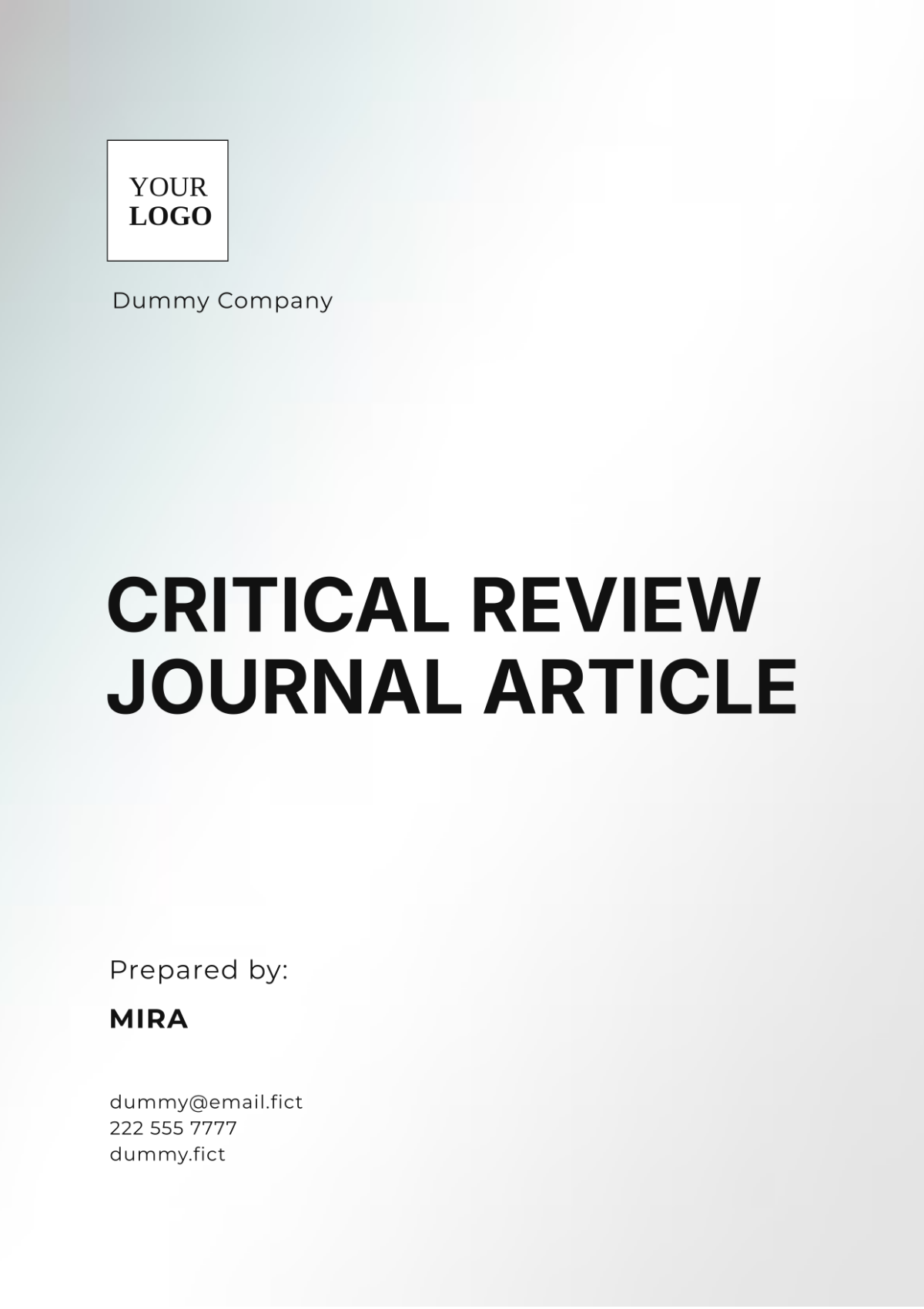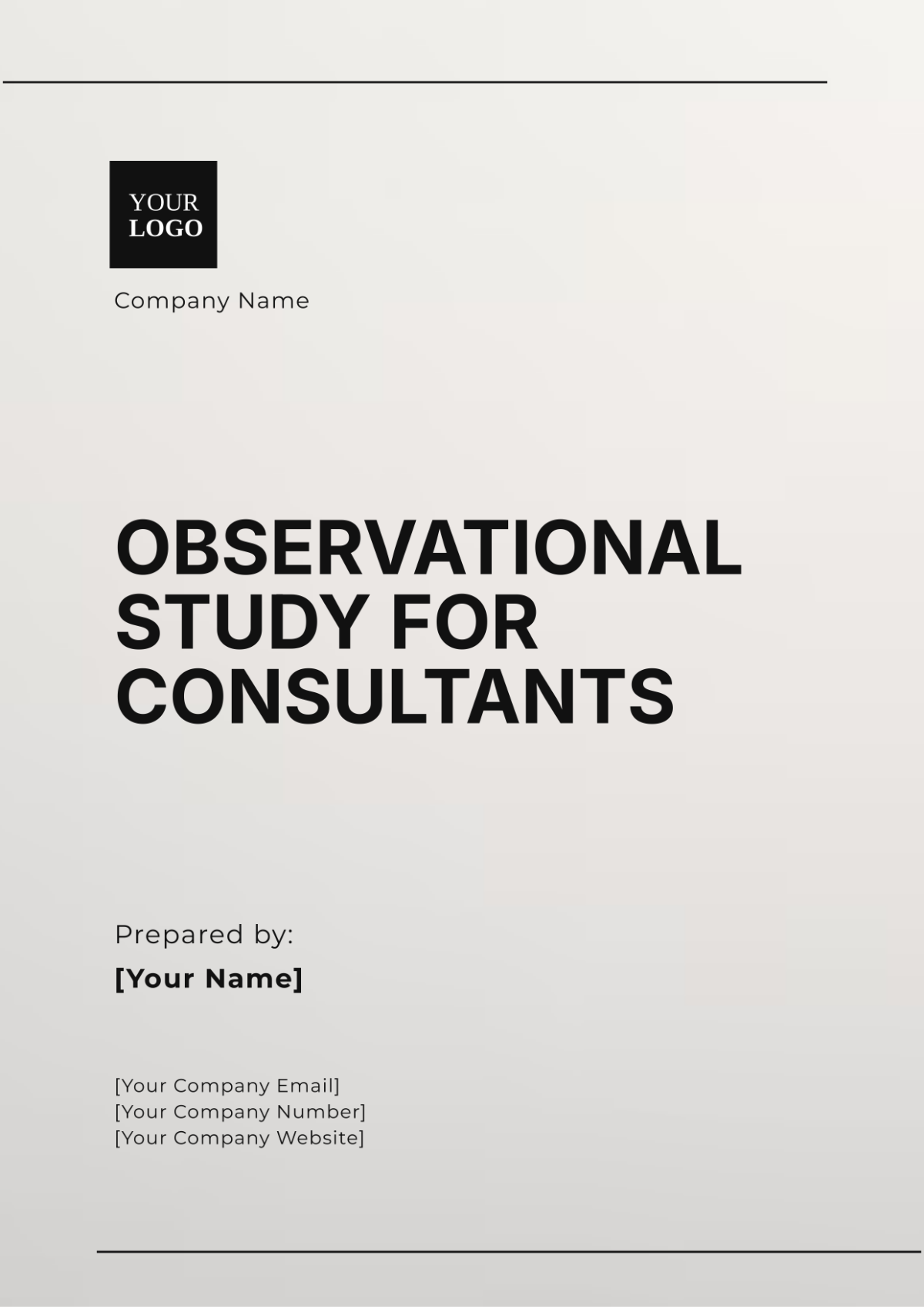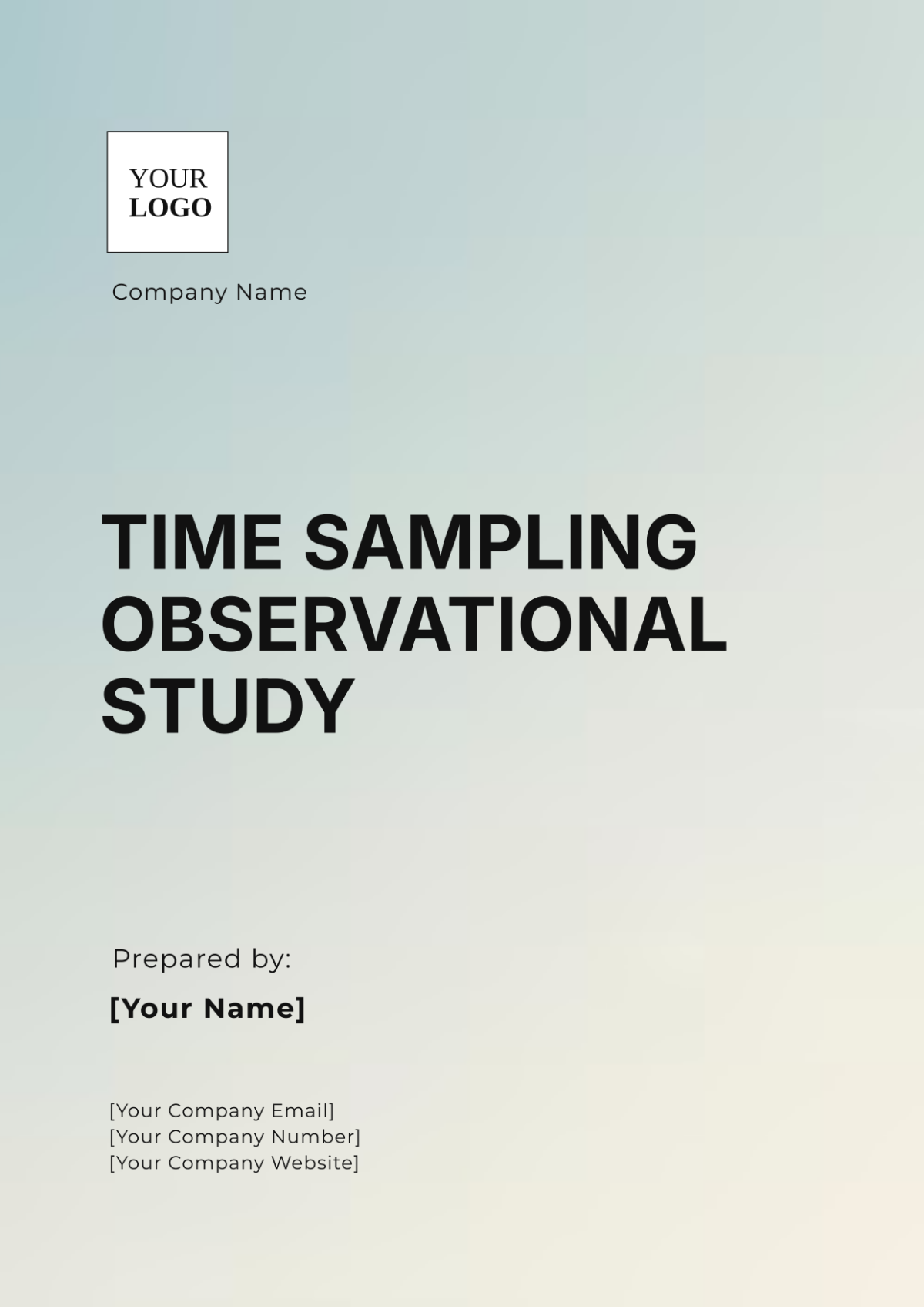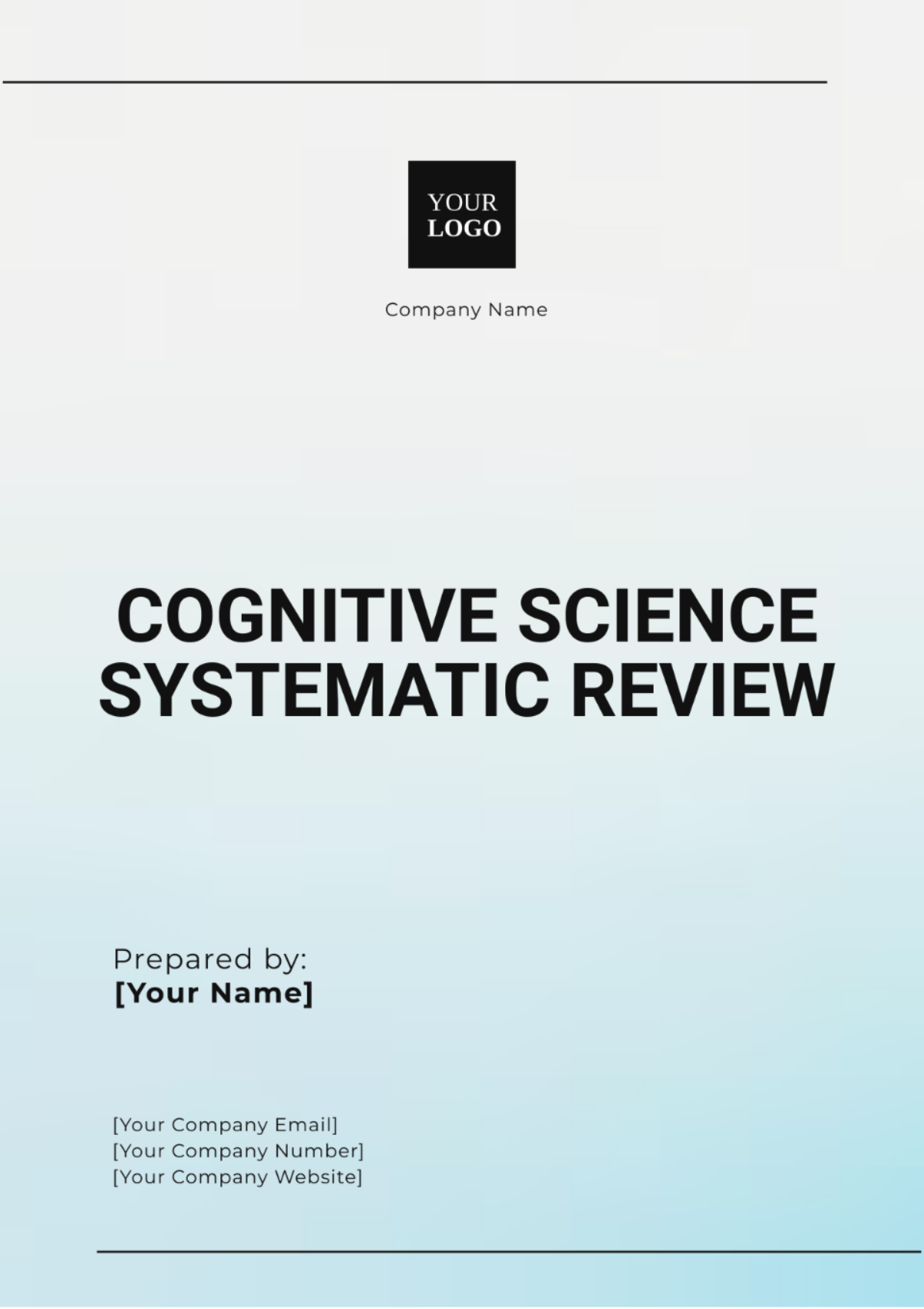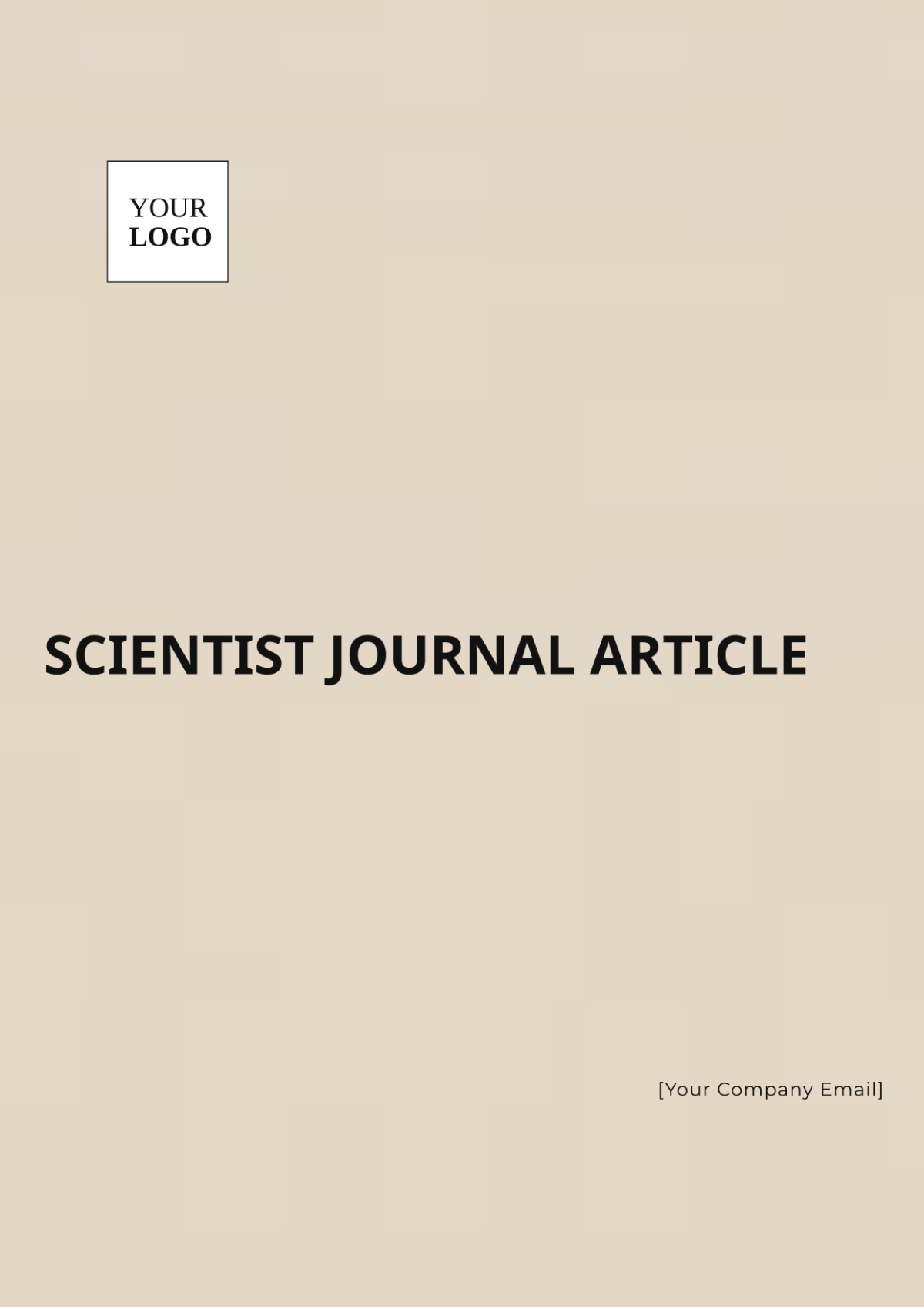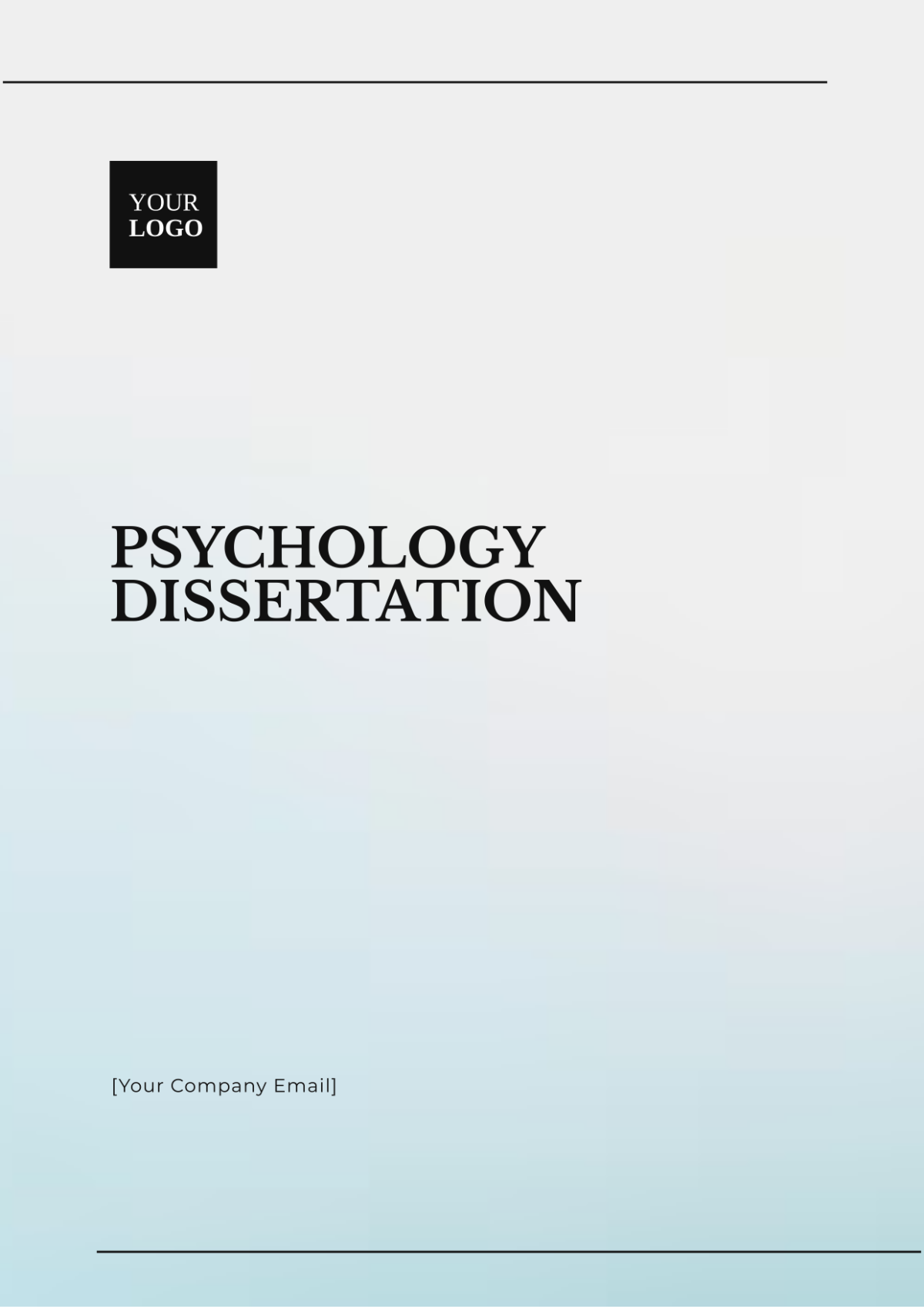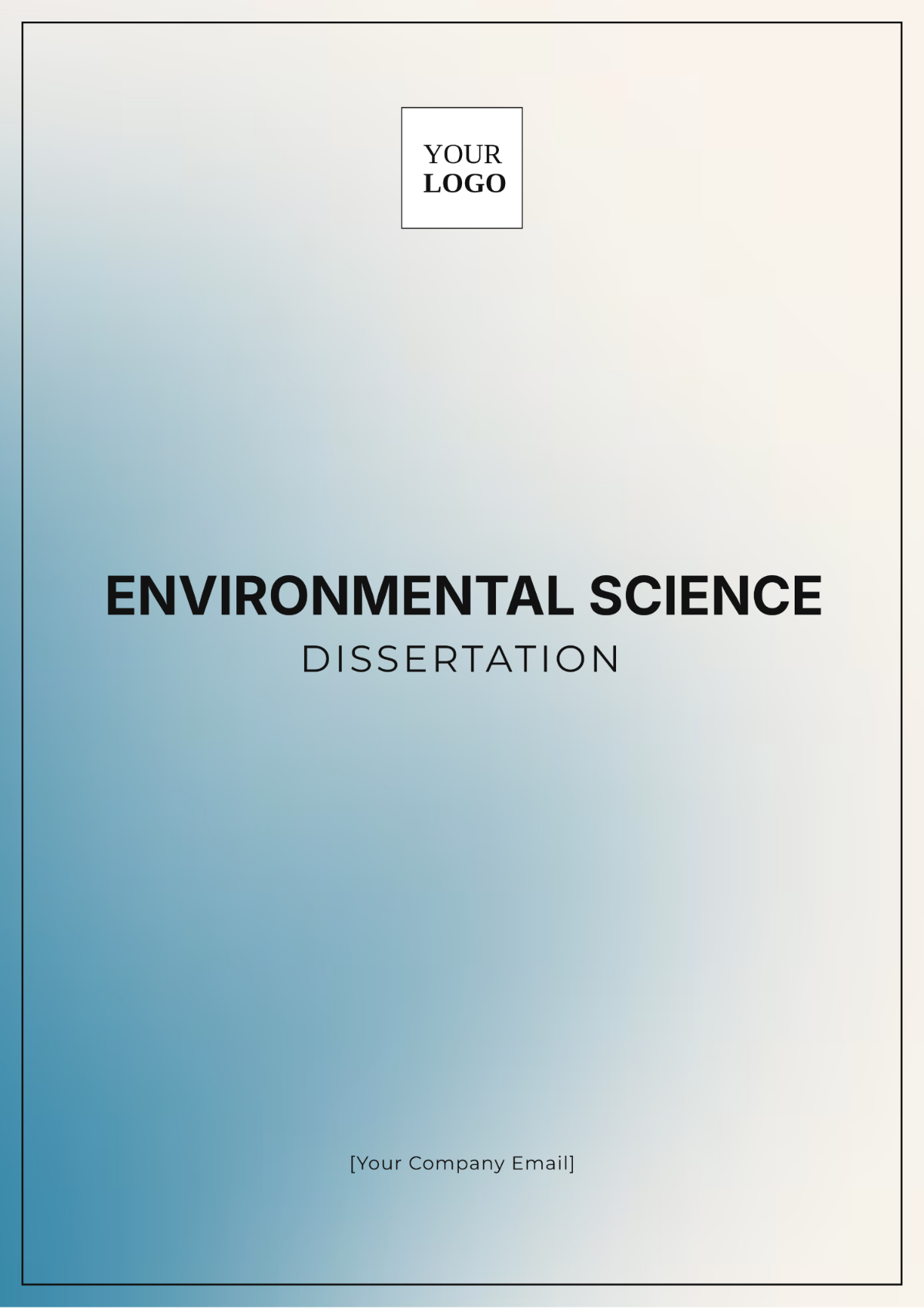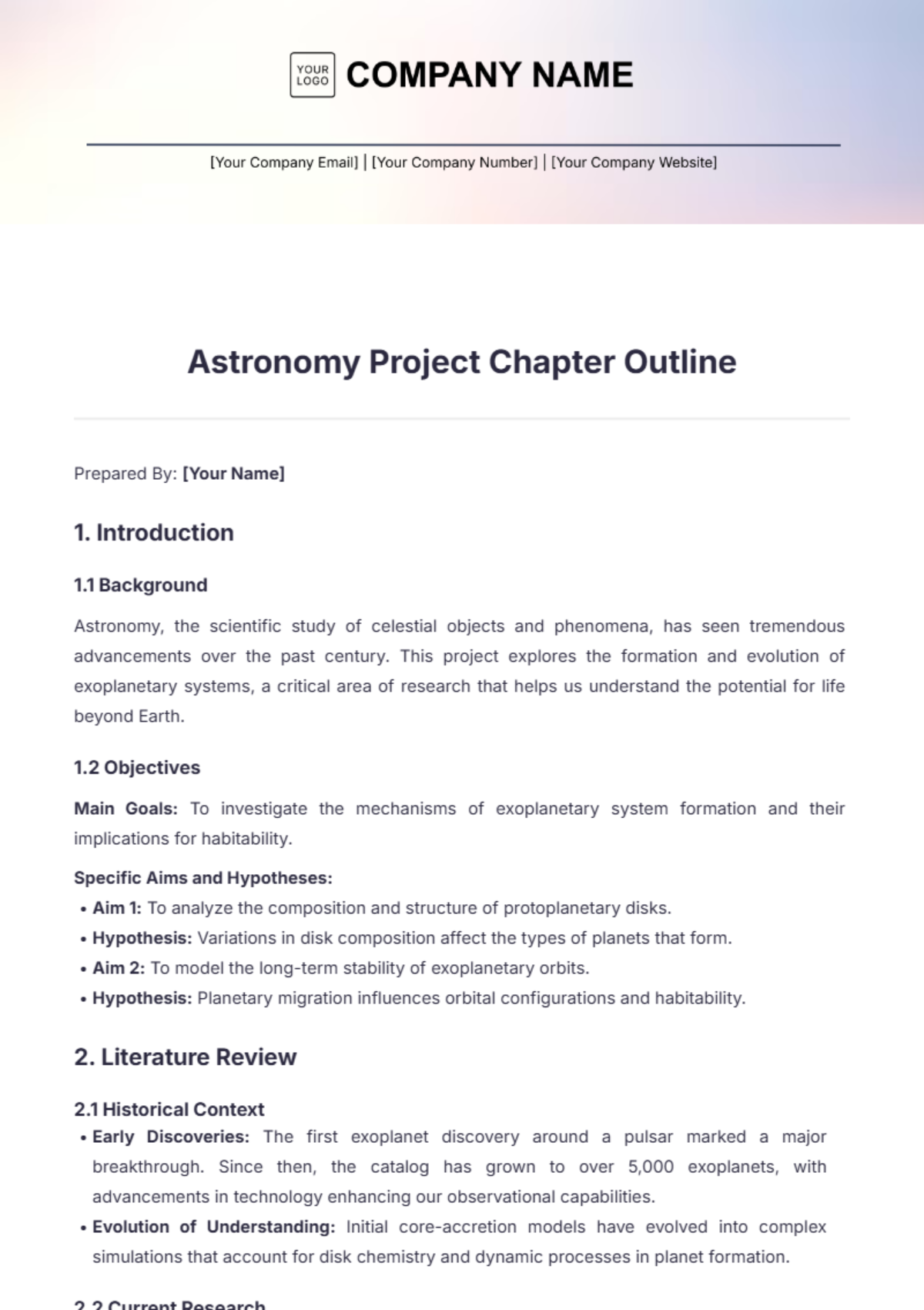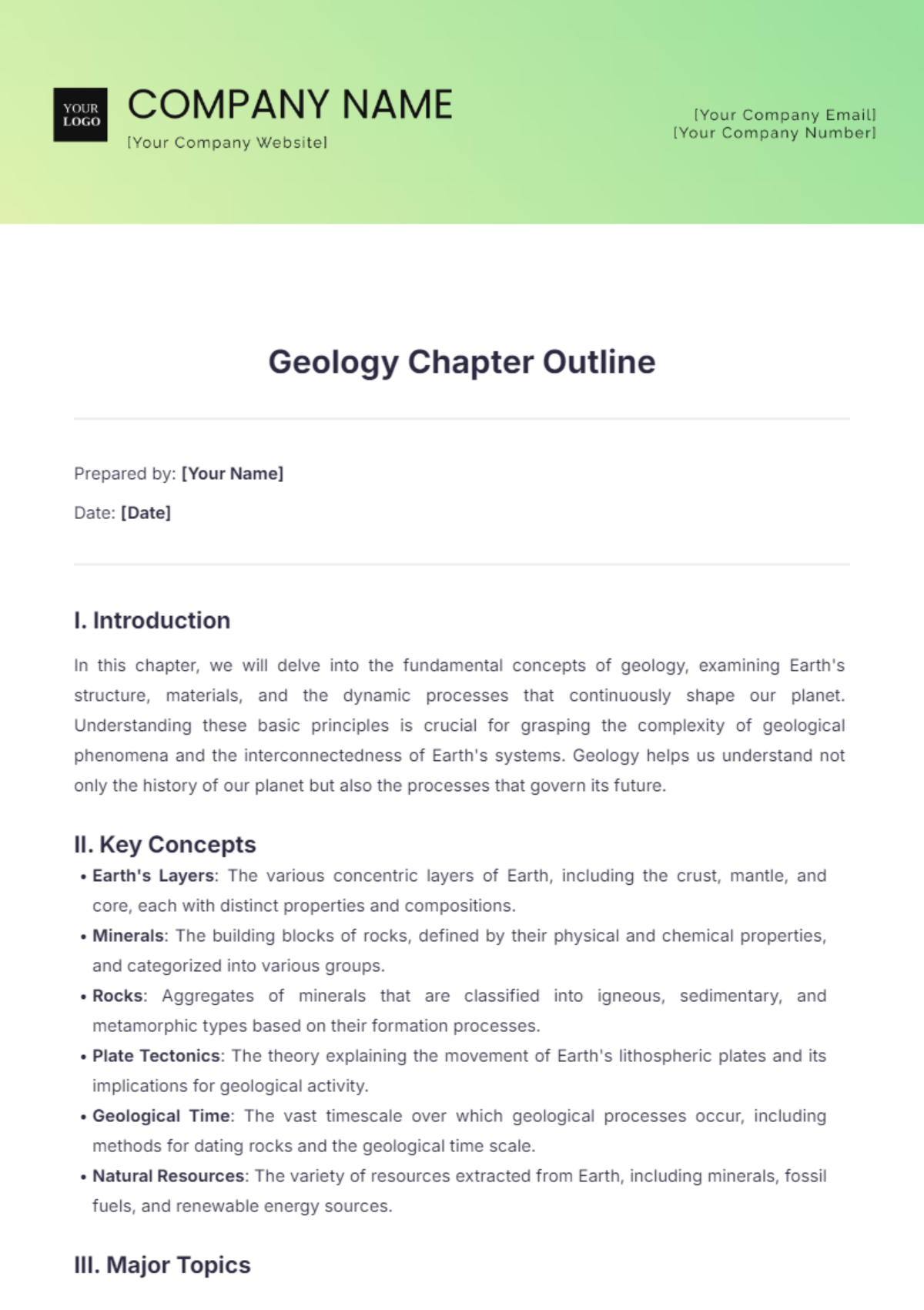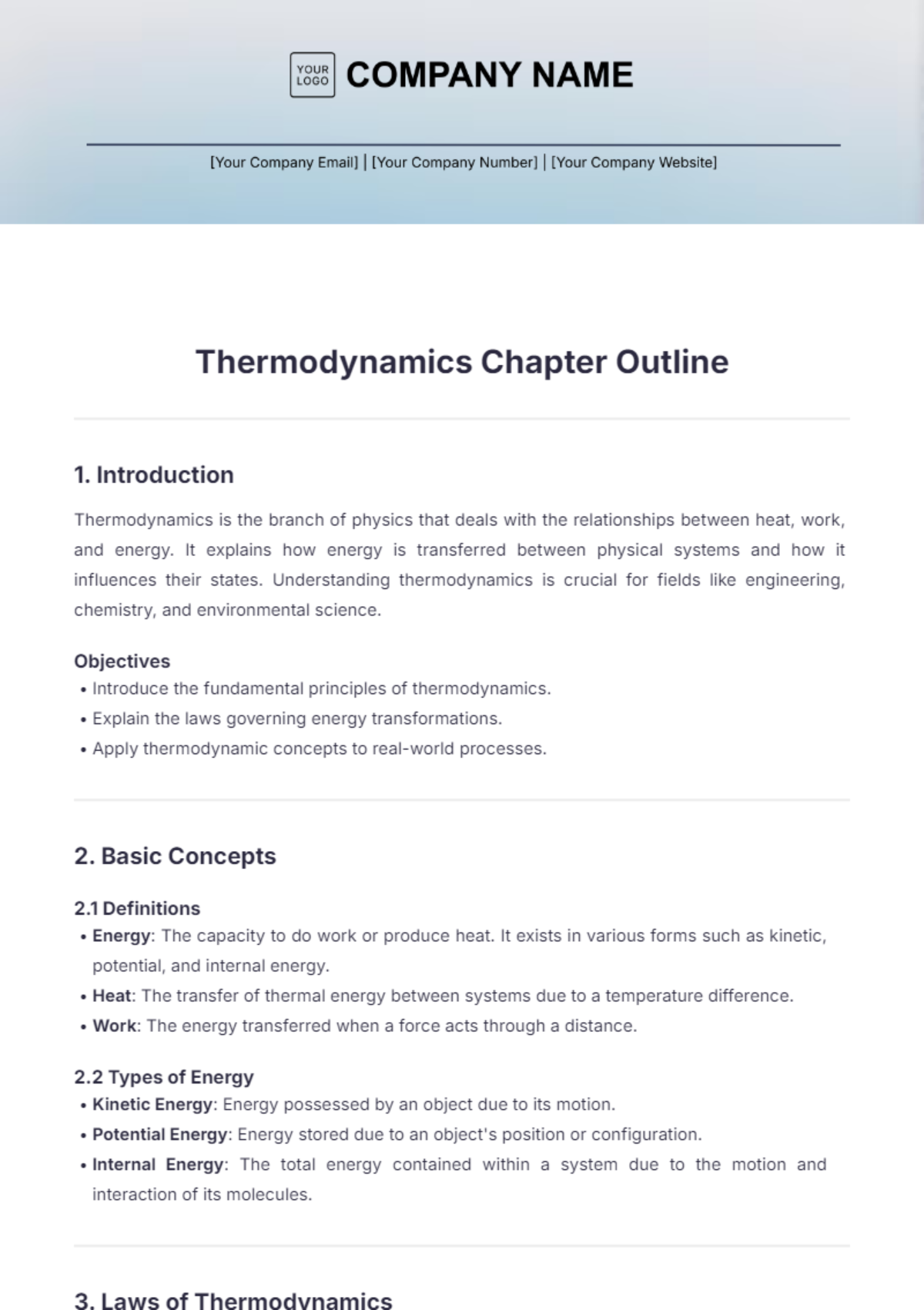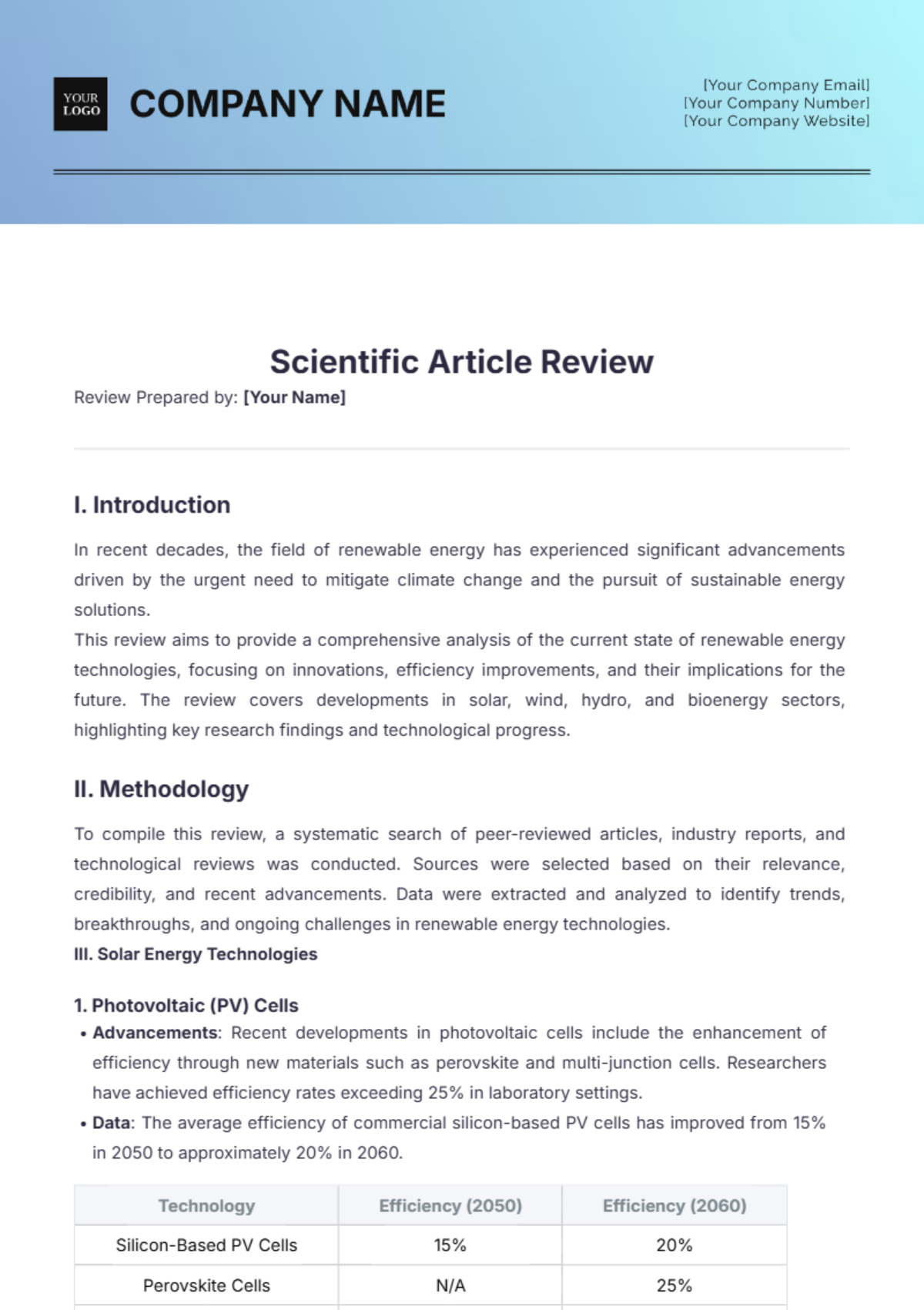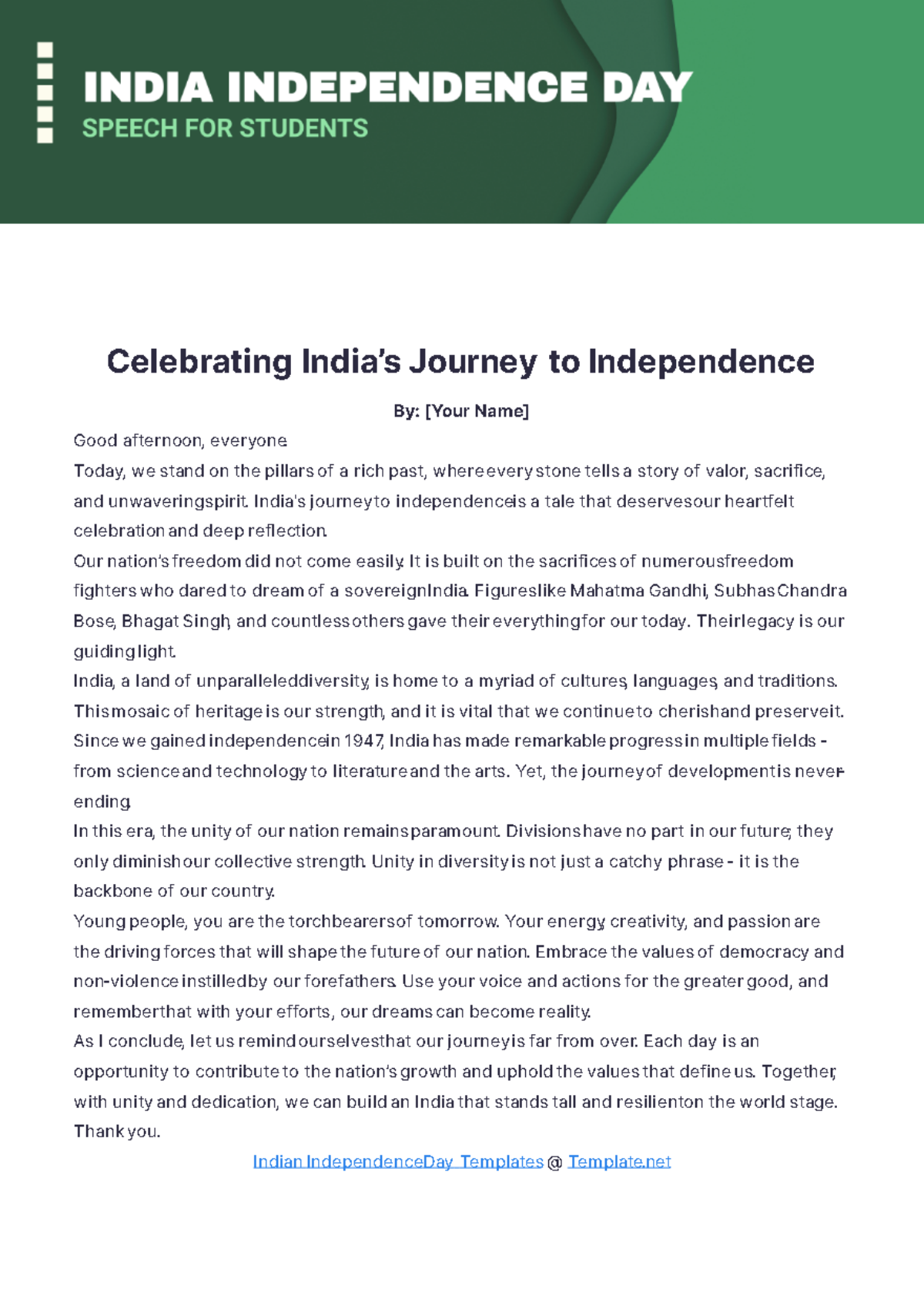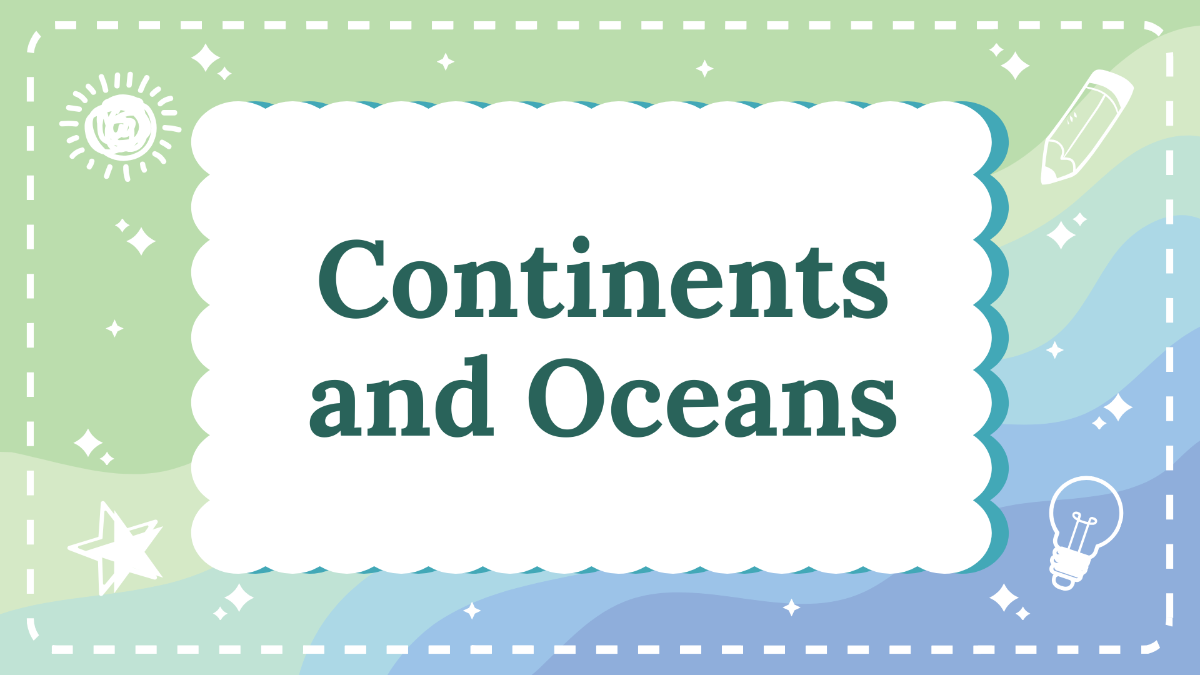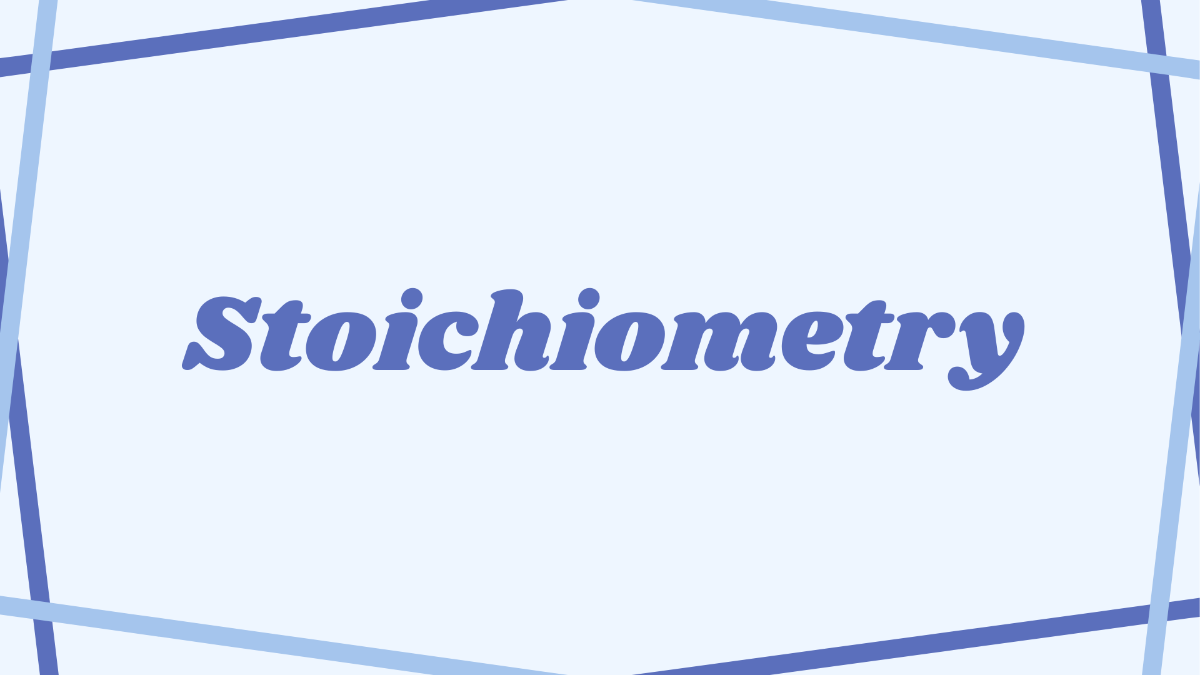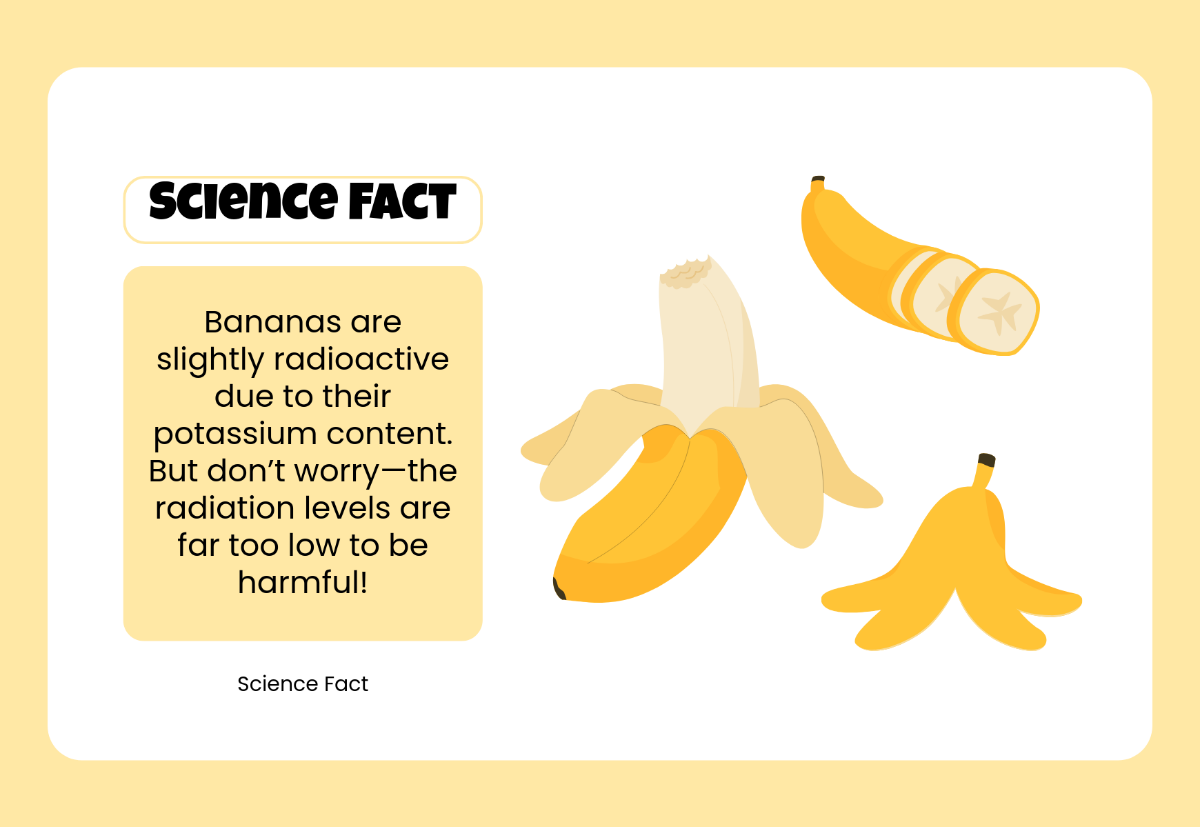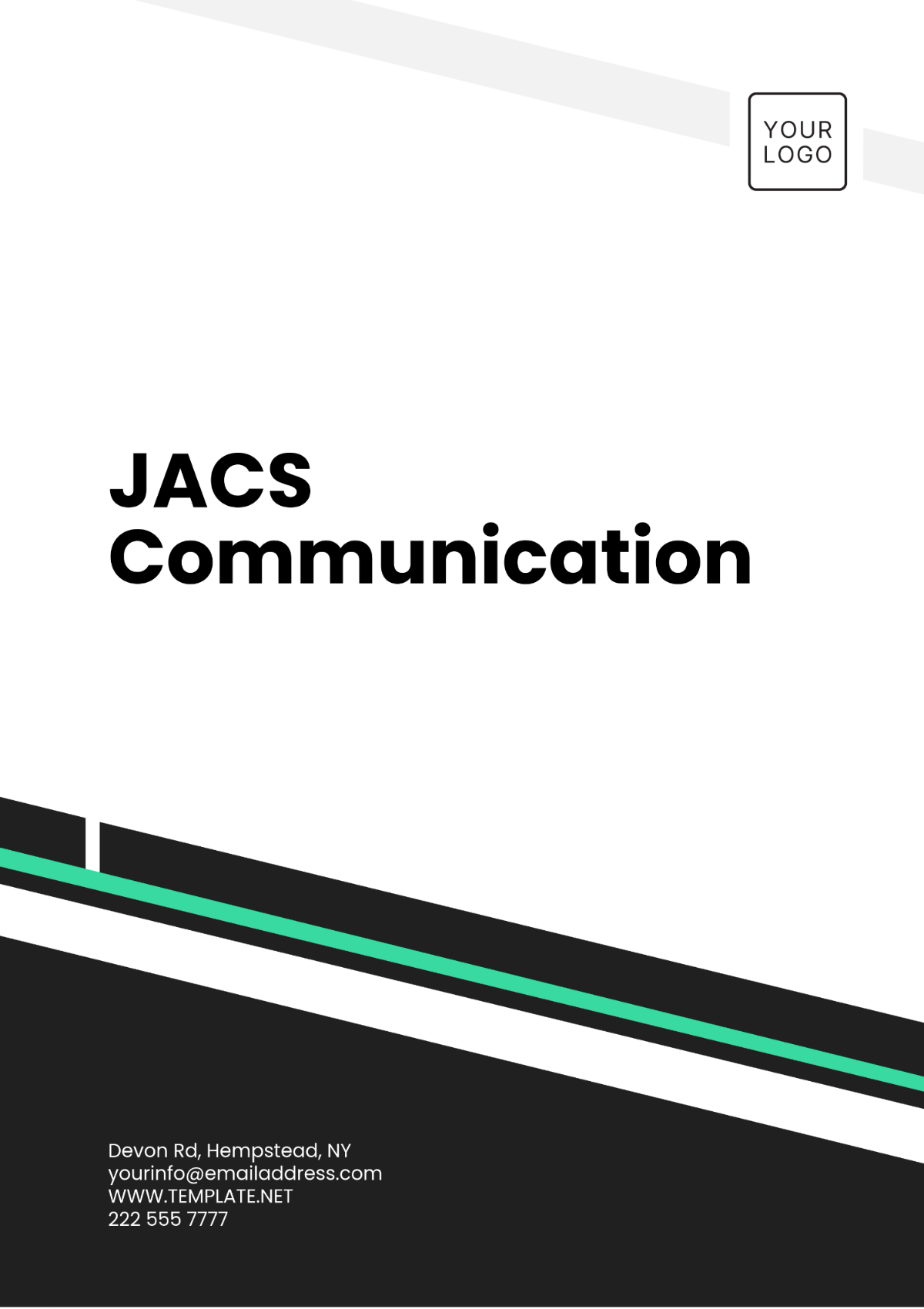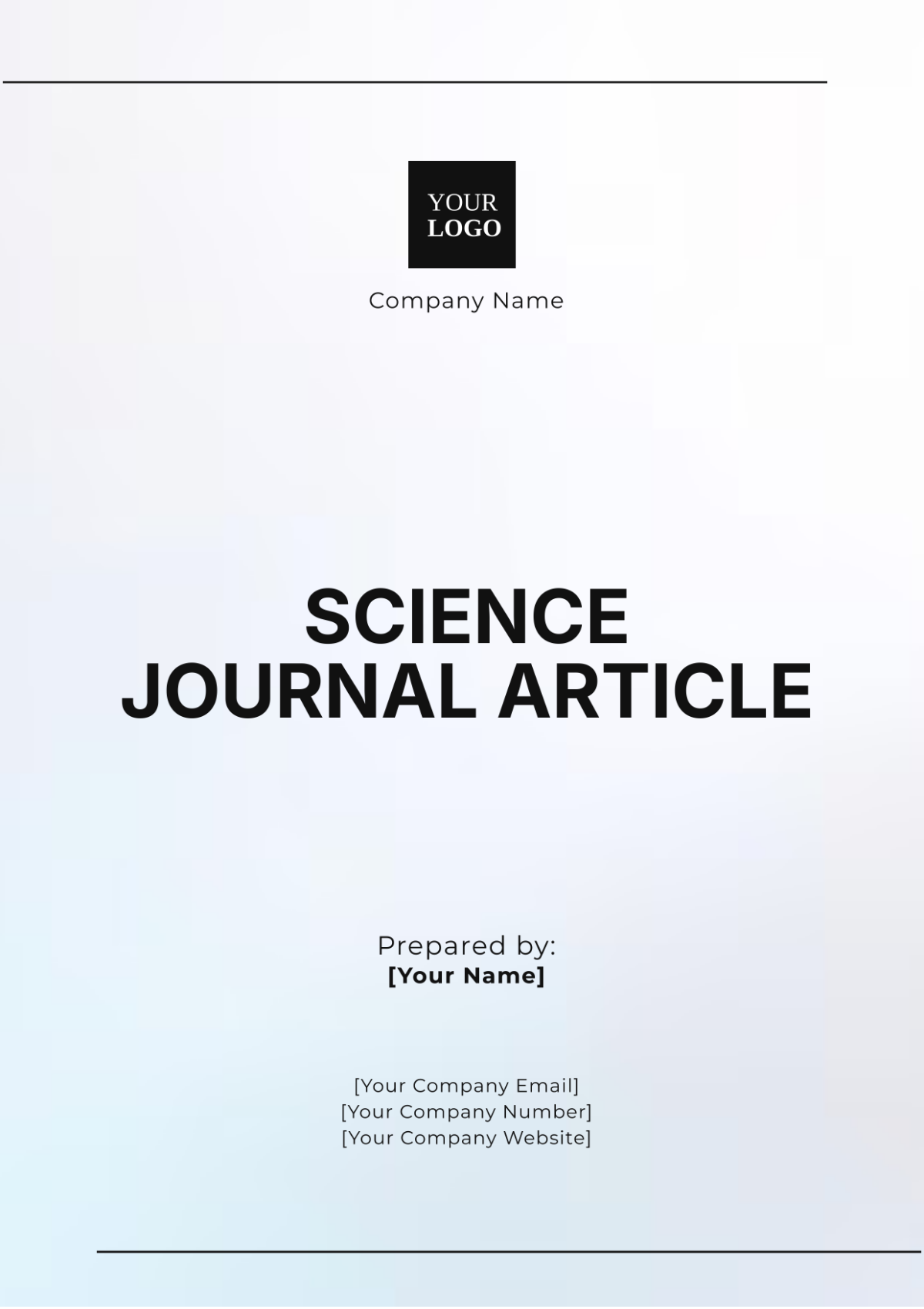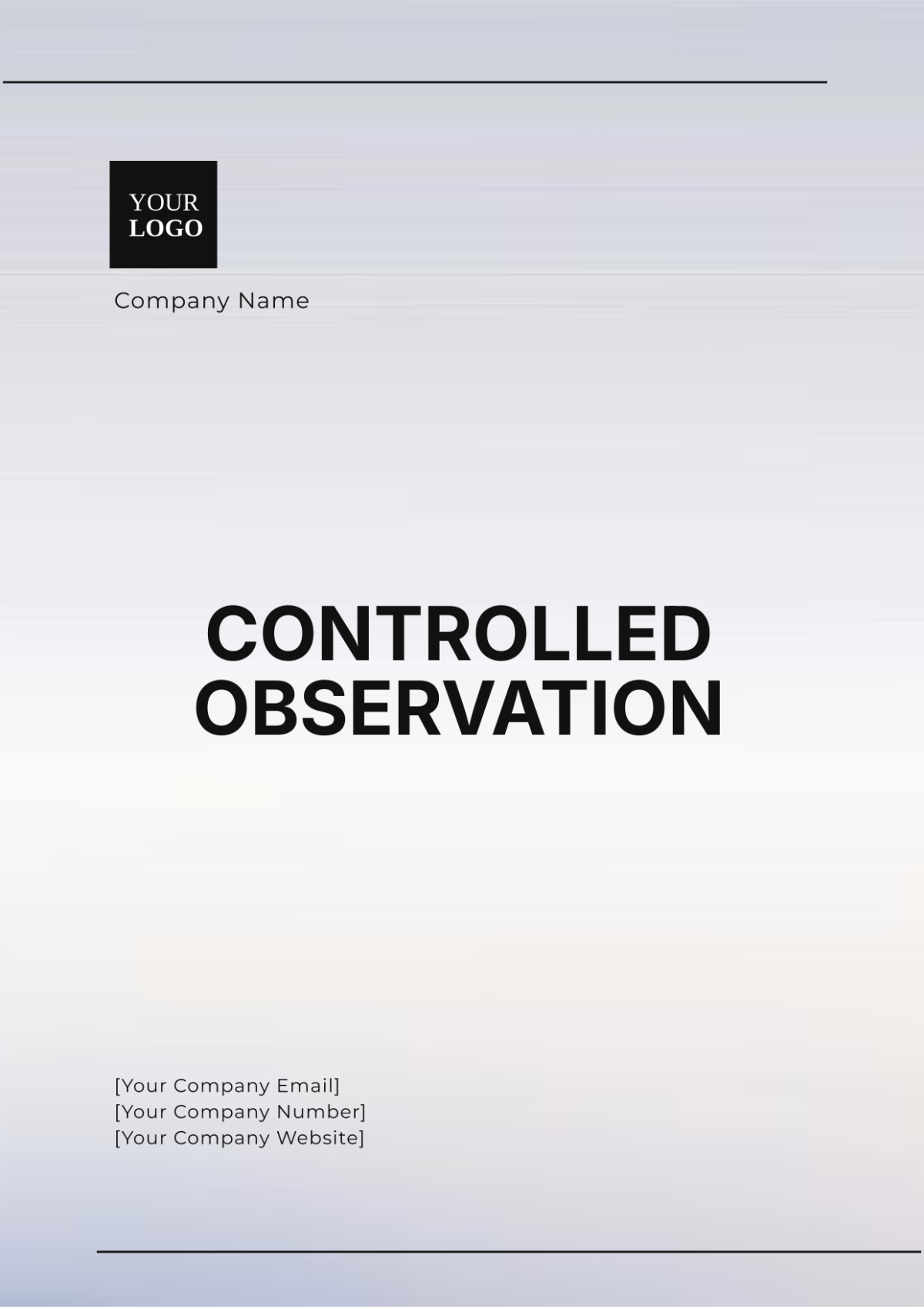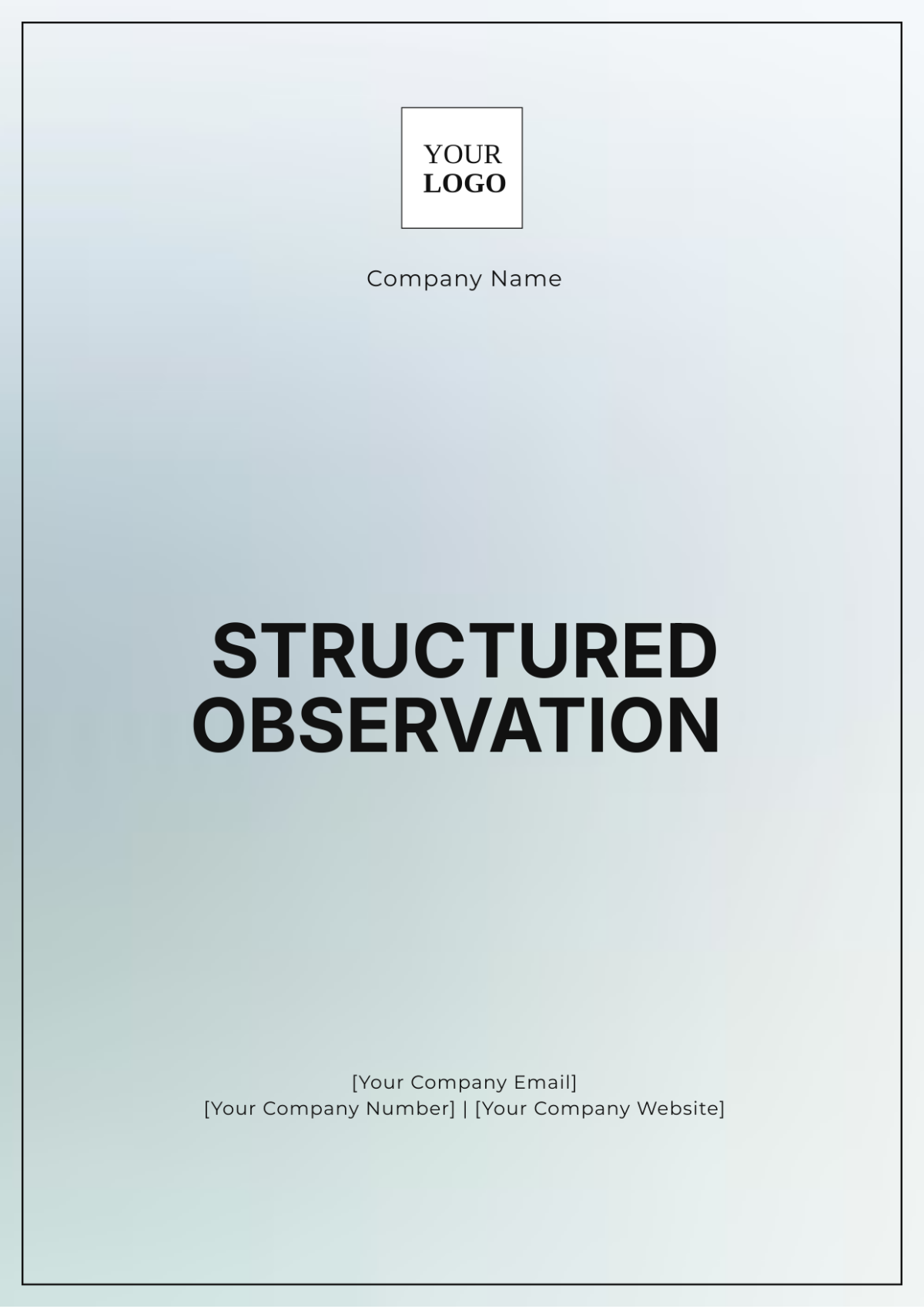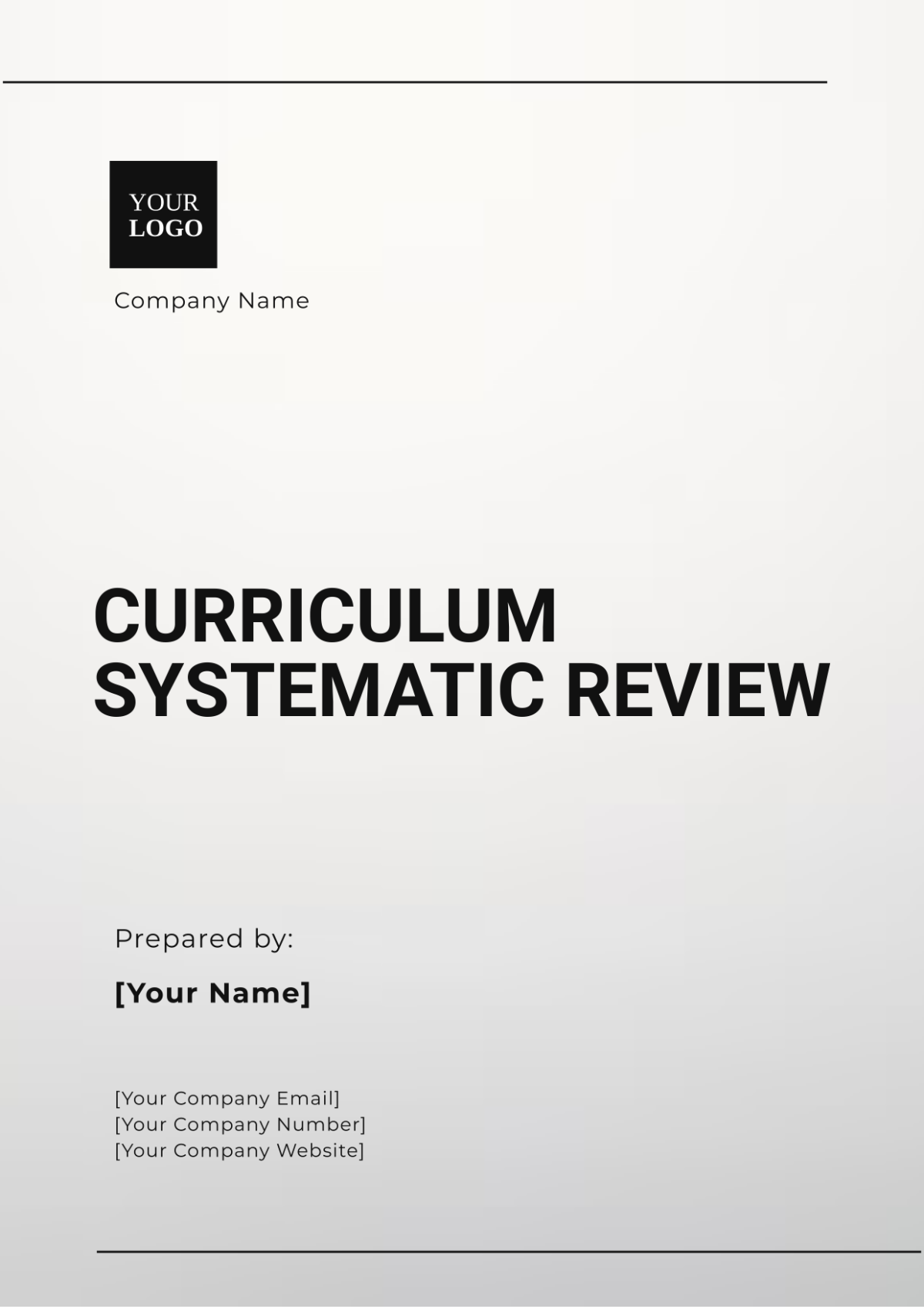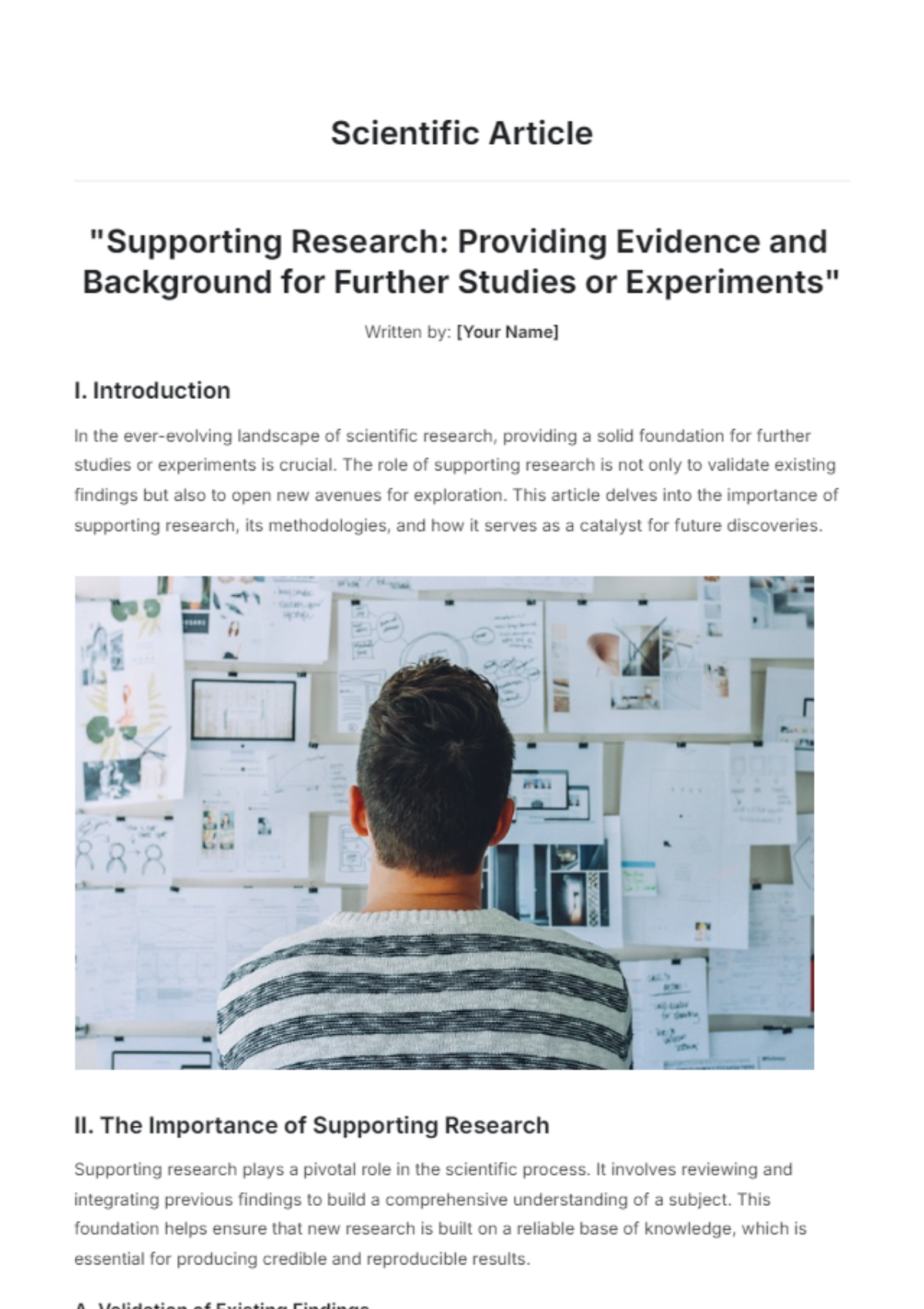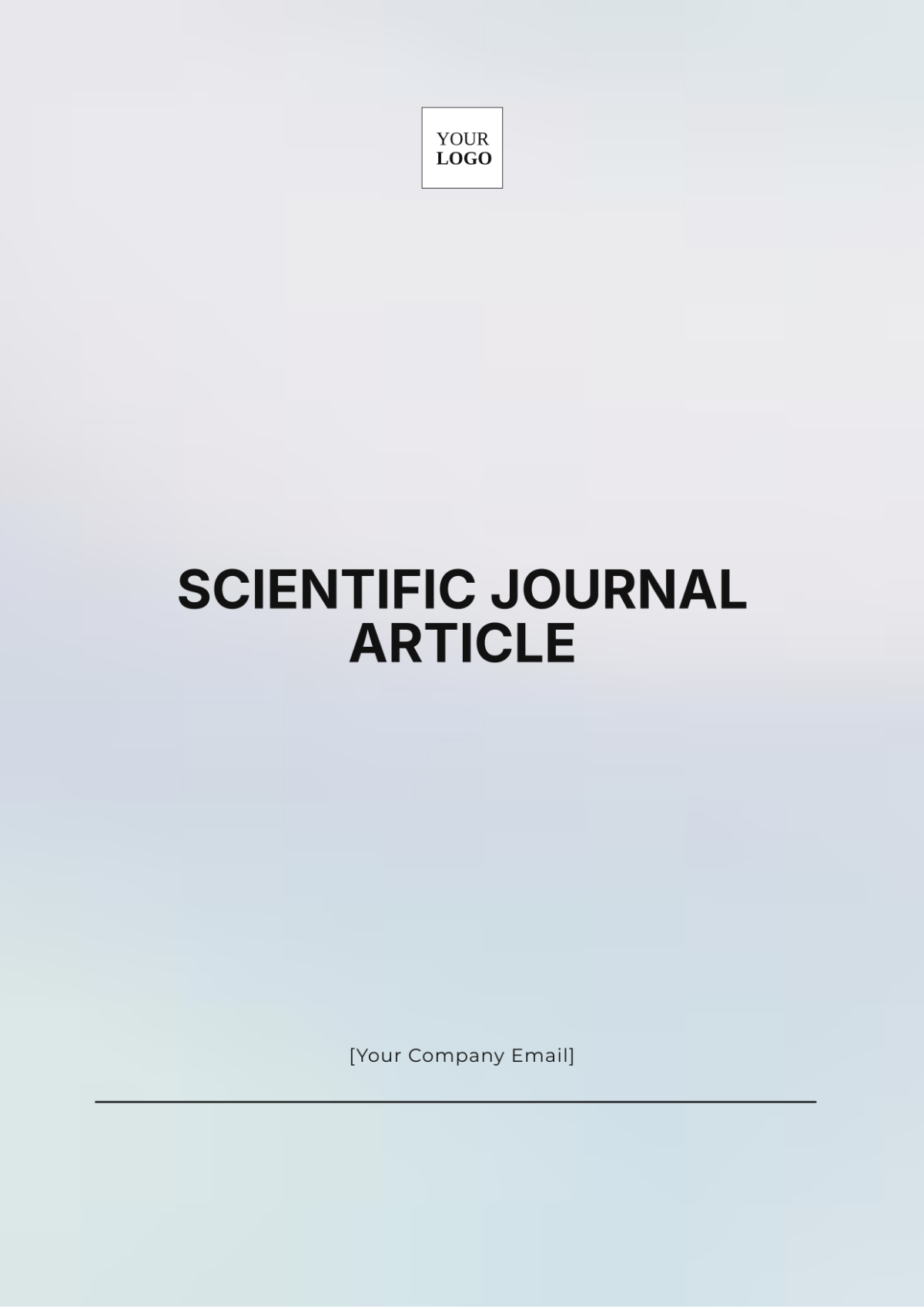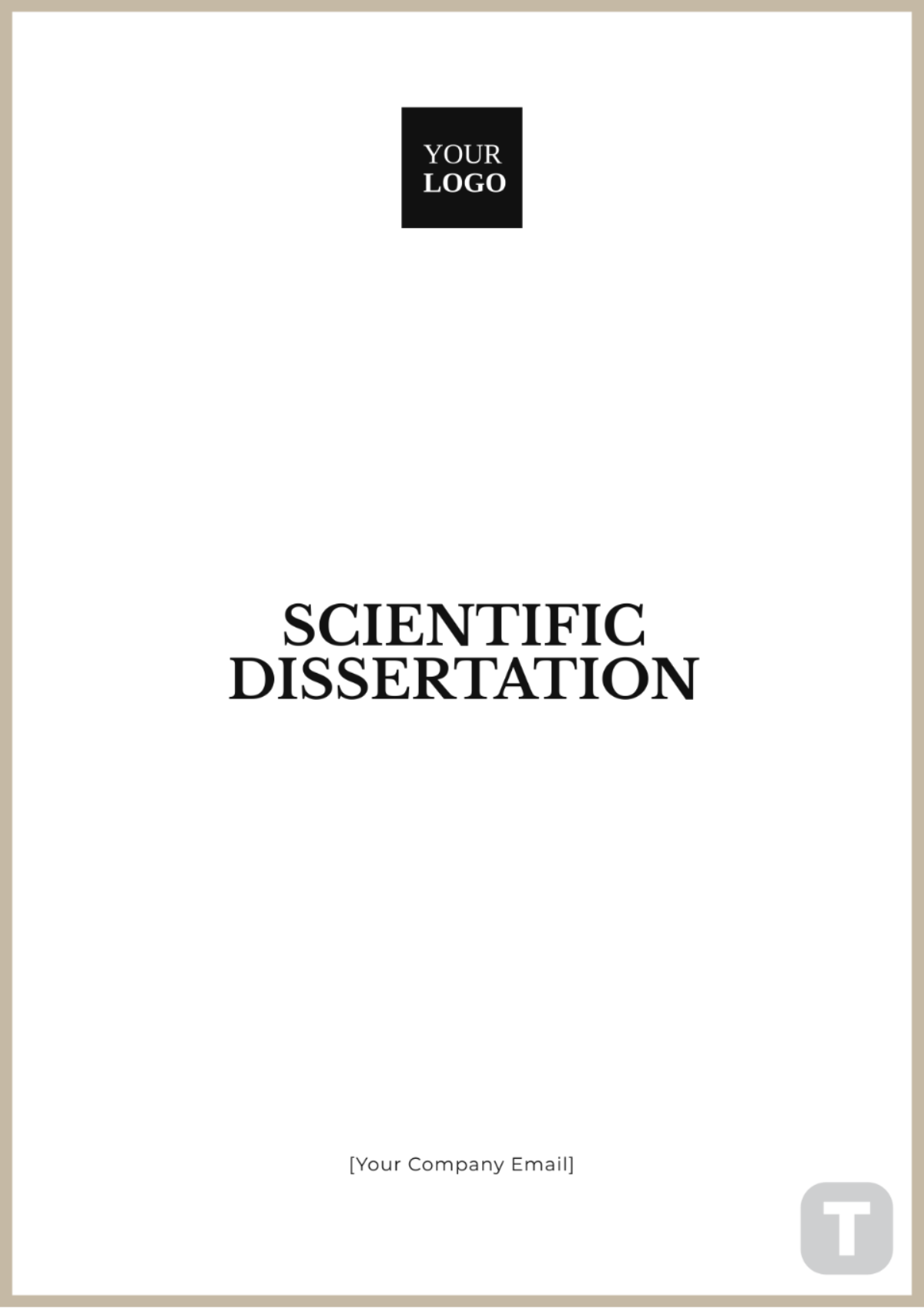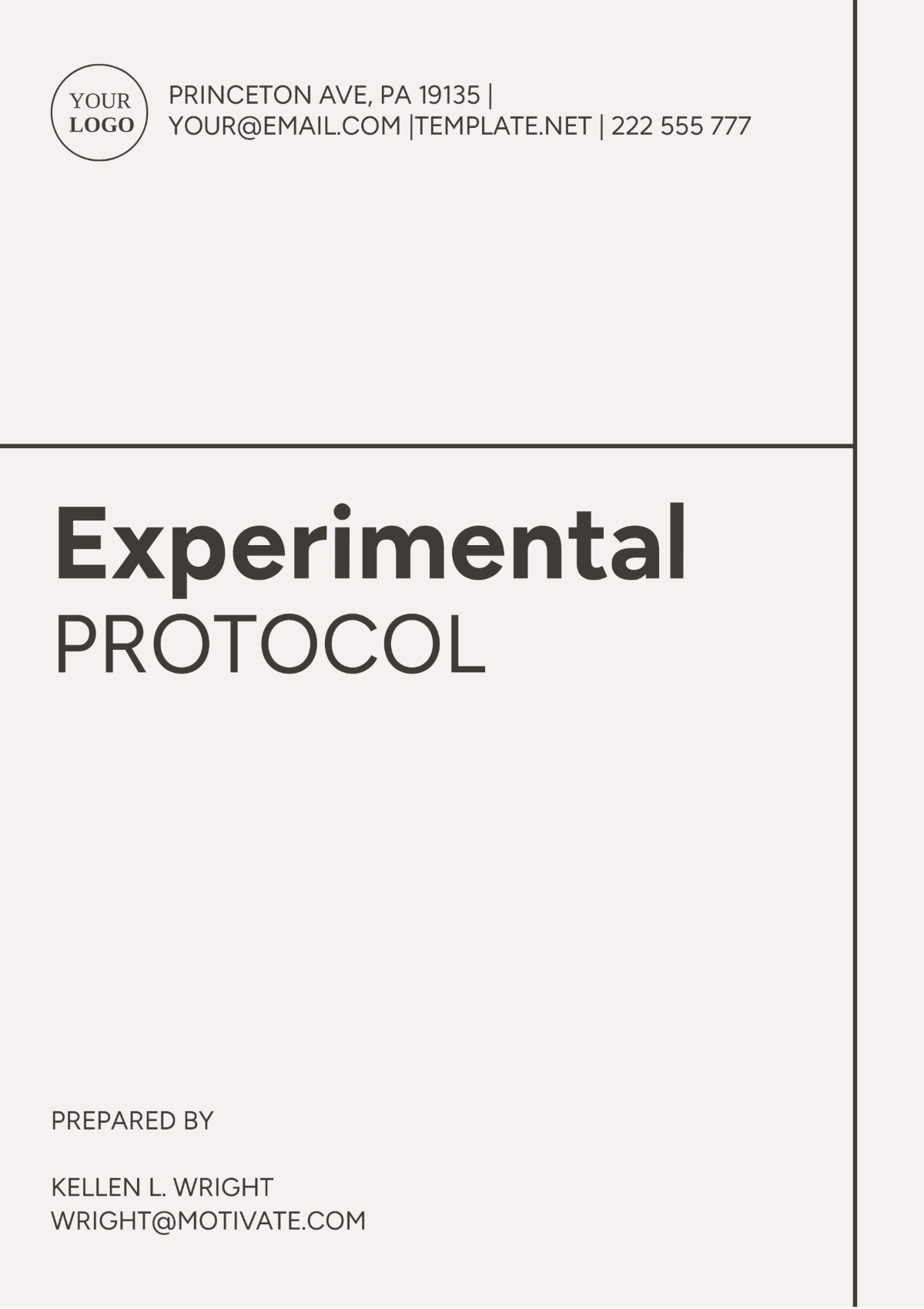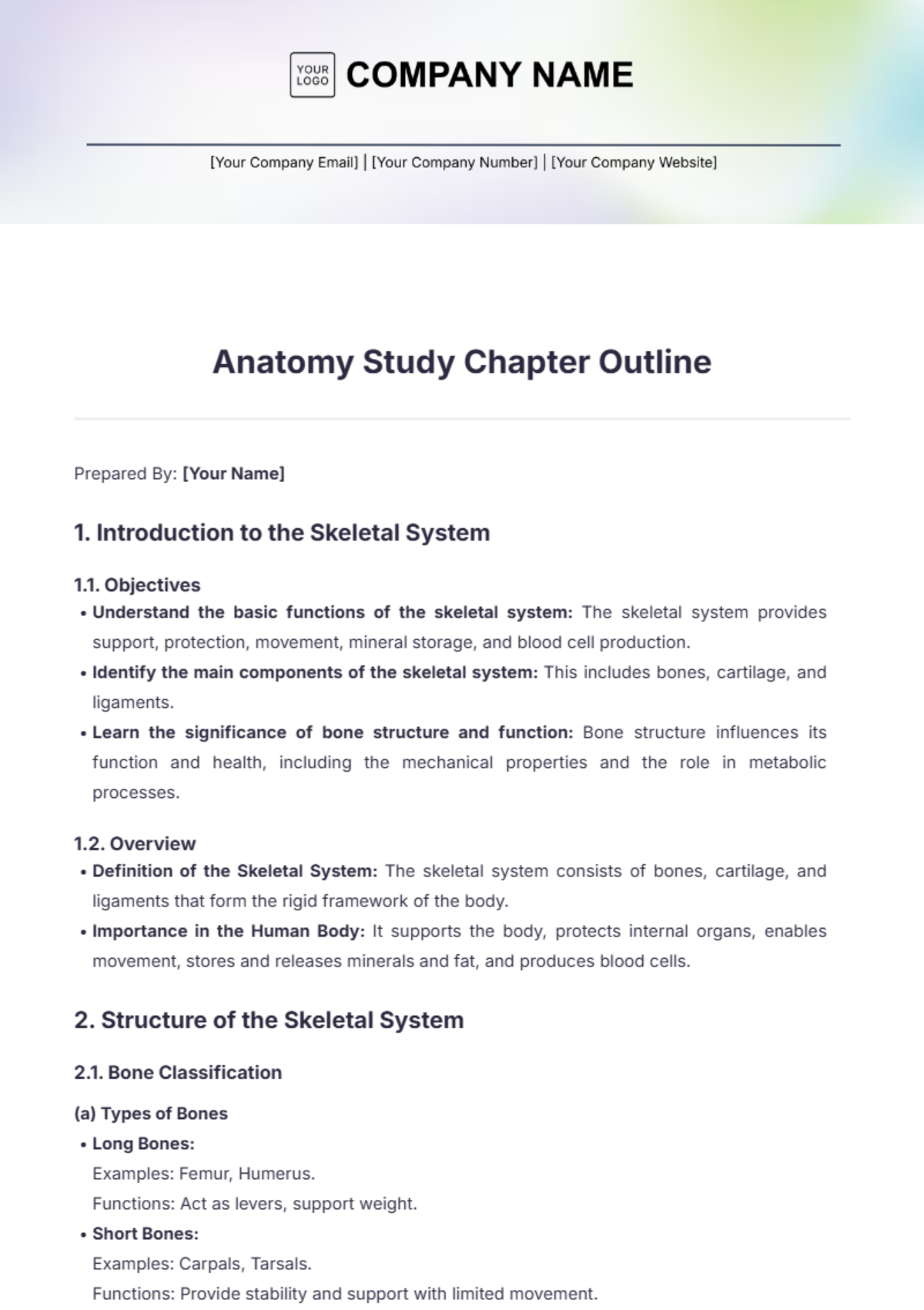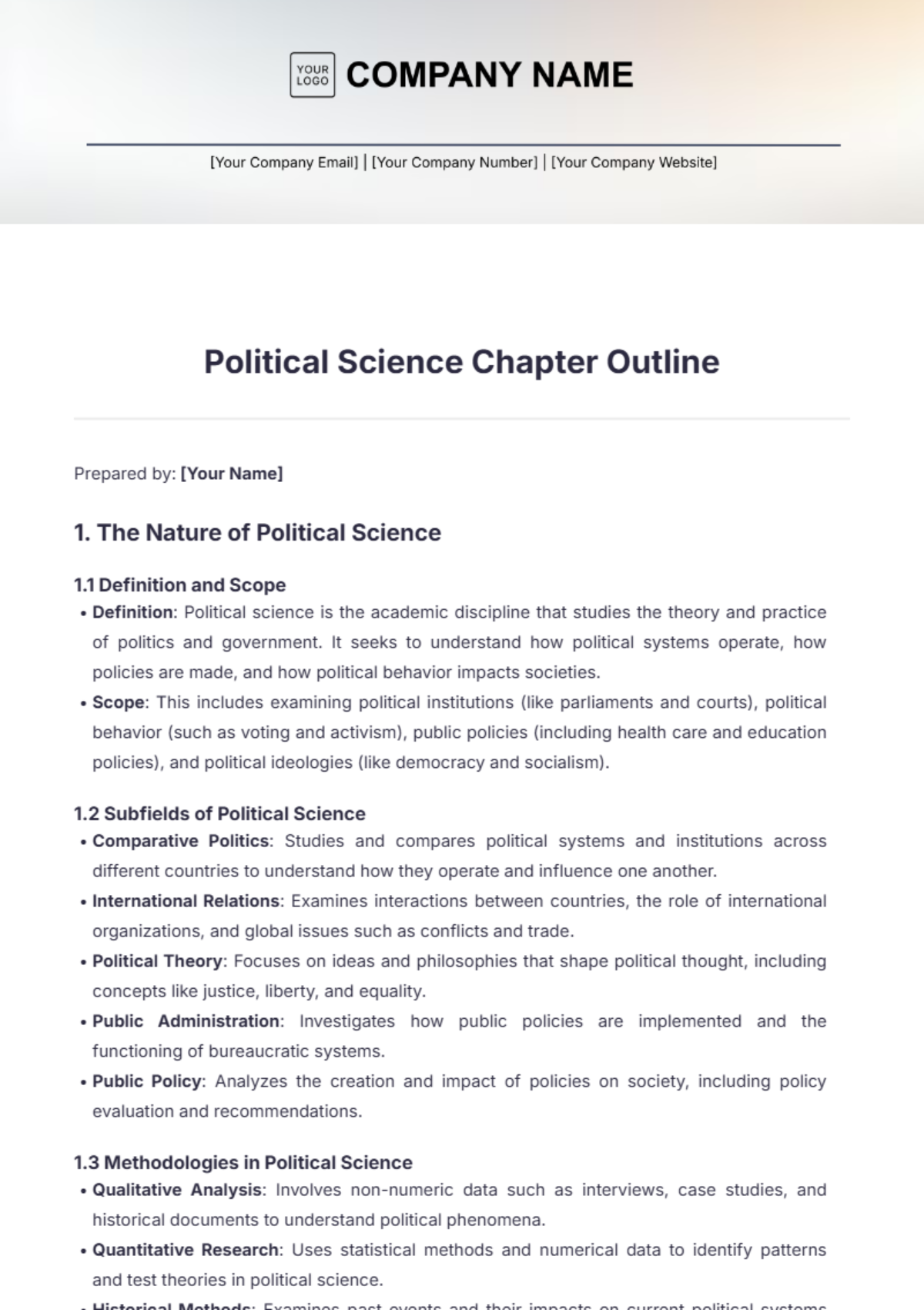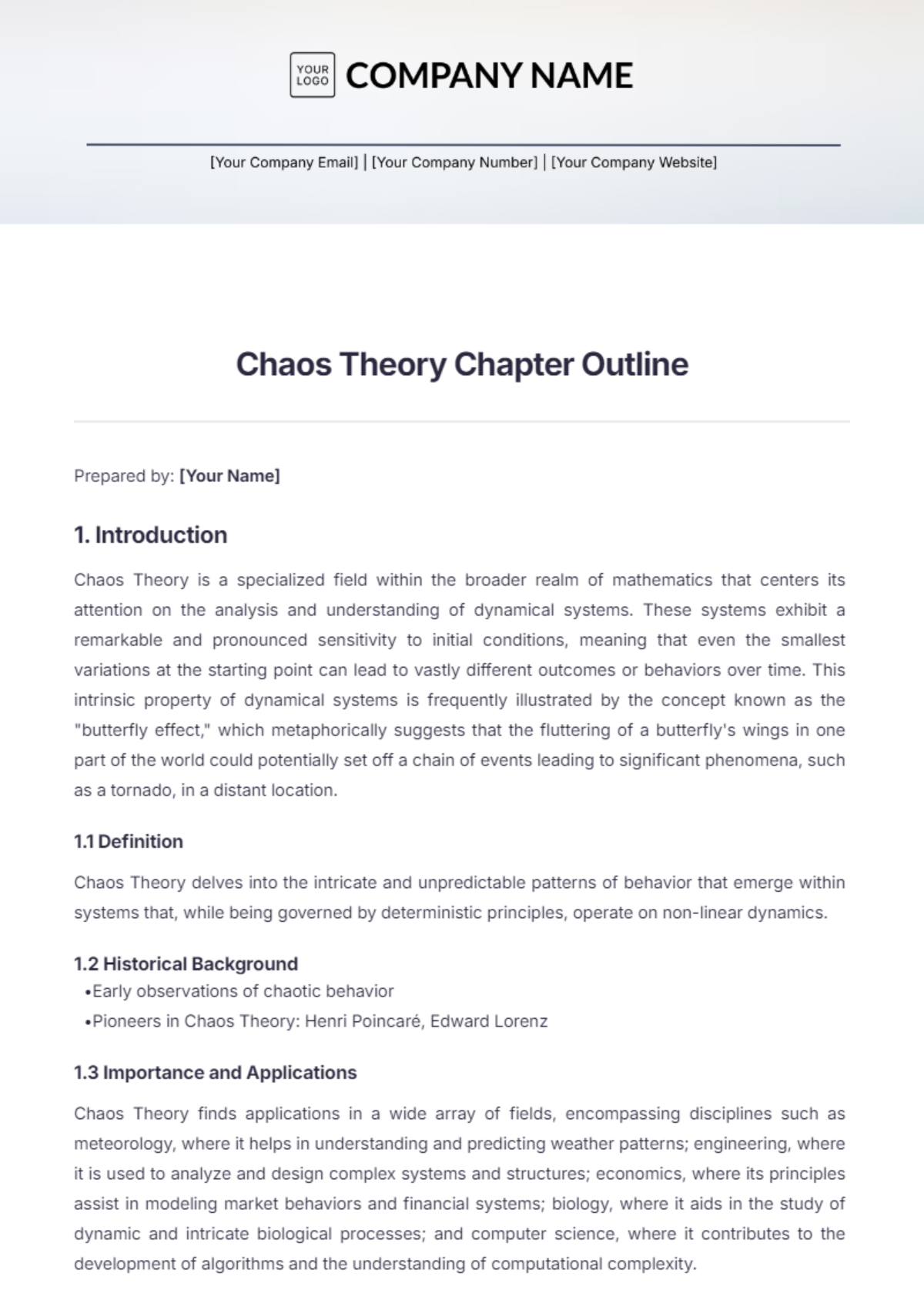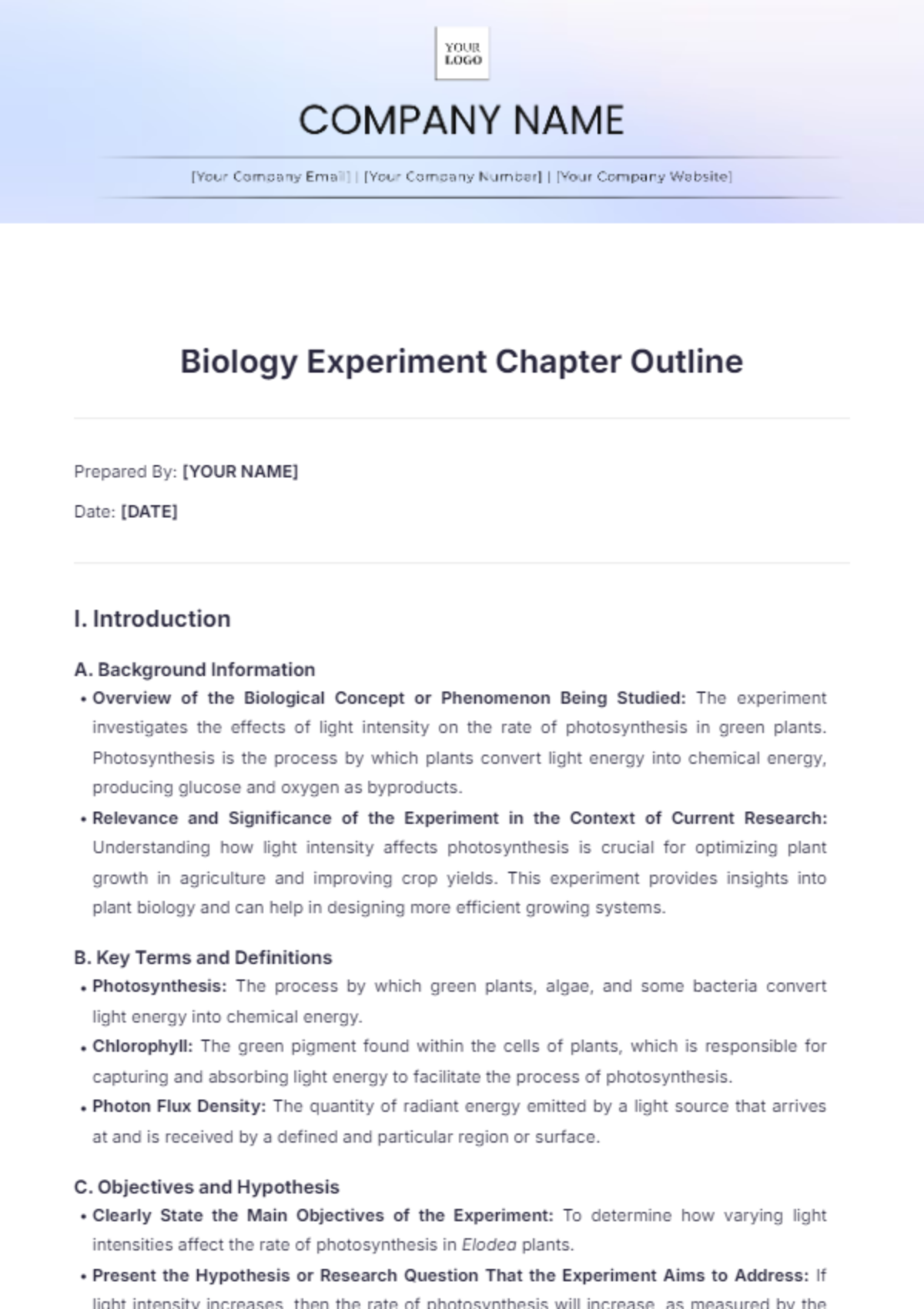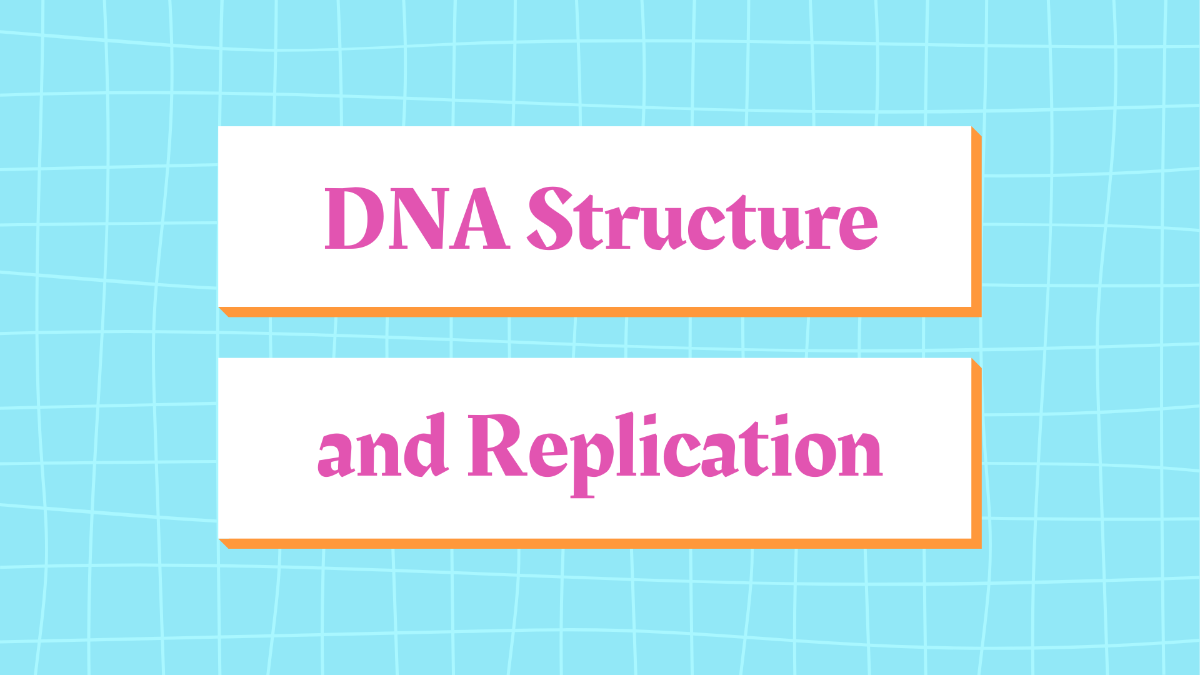Feasibility Study Methodology
1. Define the Project Scope
Objectives: To assess the viability of developing a mobile application that allows users to track their health metrics, set fitness goals, and receive personalized wellness recommendations.
Deliverables: A comprehensive feasibility report, stakeholder presentation, and a project implementation roadmap.
Stakeholders: Project Manager, Development Team, Marketing Team, Health Professionals, Investors.
2. Conduct a Preliminary Analysis
Market Research: The global health and wellness app market is expected to grow at a CAGR of 23% over the next five years.
Industry Trends: Increasing awareness of health and wellness, growth of the wearable technology market, and rising demand for personalized health solutions.
Competitor Analysis: Major competitors include MyFitnessPal, Fitbit, and Lose It!, each offering unique features. A SWOT analysis reveals opportunities for differentiation in user experience and personalized recommendations.
3. Evaluate Technical Feasibility
Technology Requirements: The app will require a robust backend infrastructure for data storage and processing, integration with wearable devices, and a user-friendly interface for iOS and Android platforms.
Infrastructure: Current infrastructure includes cloud hosting services; additional investment is needed for database management and API integration.
Development Timeline: Estimated development time is 8-10 months, including design, development, testing, and deployment phases.
4. Analyze Economic Feasibility
Cost Estimation:
Development Costs: $200,000
Marketing Costs: $50,000
Operational Costs (first year): $30,000
Revenue Projections: Estimated revenue from app subscriptions and in-app purchases could reach $500,000 in the first year based on a projected user base of 10,000 subscribers.
Break-even Analysis: The break-even point is projected at 1,000 subscribers within the first year.
5. Assess Legal and Regulatory Feasibility
Legal Requirements: Need to comply with GDPR for data privacy, HIPAA for health data handling, and app store regulations.
Regulatory Compliance: Ensure all health-related claims are substantiated, and partnerships with certified health professionals are established for credibility.
6. Evaluate Operational Feasibility
Operational Plan: The app will be developed using Agile methodology, allowing for iterative testing and feedback.
Resource Requirements:
Development Team: 3 developers, 1 UI/UX designer, 1 project manager.
Marketing Team: 2 marketing specialists.
Management Structure: A cross-functional team will report to the project manager, ensuring collaboration between development and marketing.
7. Conduct Risk Assessment
Identify Risks:
High competition in the market.
Potential data privacy issues.
Changing technology trends.
Risk Mitigation Strategies: Develop a powerful marketing strategy, invest in cybersecurity measures, and continuously monitor technology trends to adapt the app features accordingly.
8. Compile Findings and Recommendations
Feasibility Report: A detailed report indicates that the project is feasible with a strong market opportunity and manageable risks.
Presentation to Stakeholders: Present findings and recommendations to stakeholders, emphasizing the unique value proposition and potential for high user engagement.
9. Decision Making
Review Findings: Gather feedback from stakeholders and refine the proposal based on input.
Make Informed Decisions: Stakeholders agree to proceed with the development of the mobile app based on the positive feasibility study results.
10. Conclusion
The feasibility study reveals a strong opportunity for the health and wellness mobile app, backed by favorable market conditions and a well-structured operational plan. The decision to move forward will enable the team to capitalize on emerging trends in health technology.
